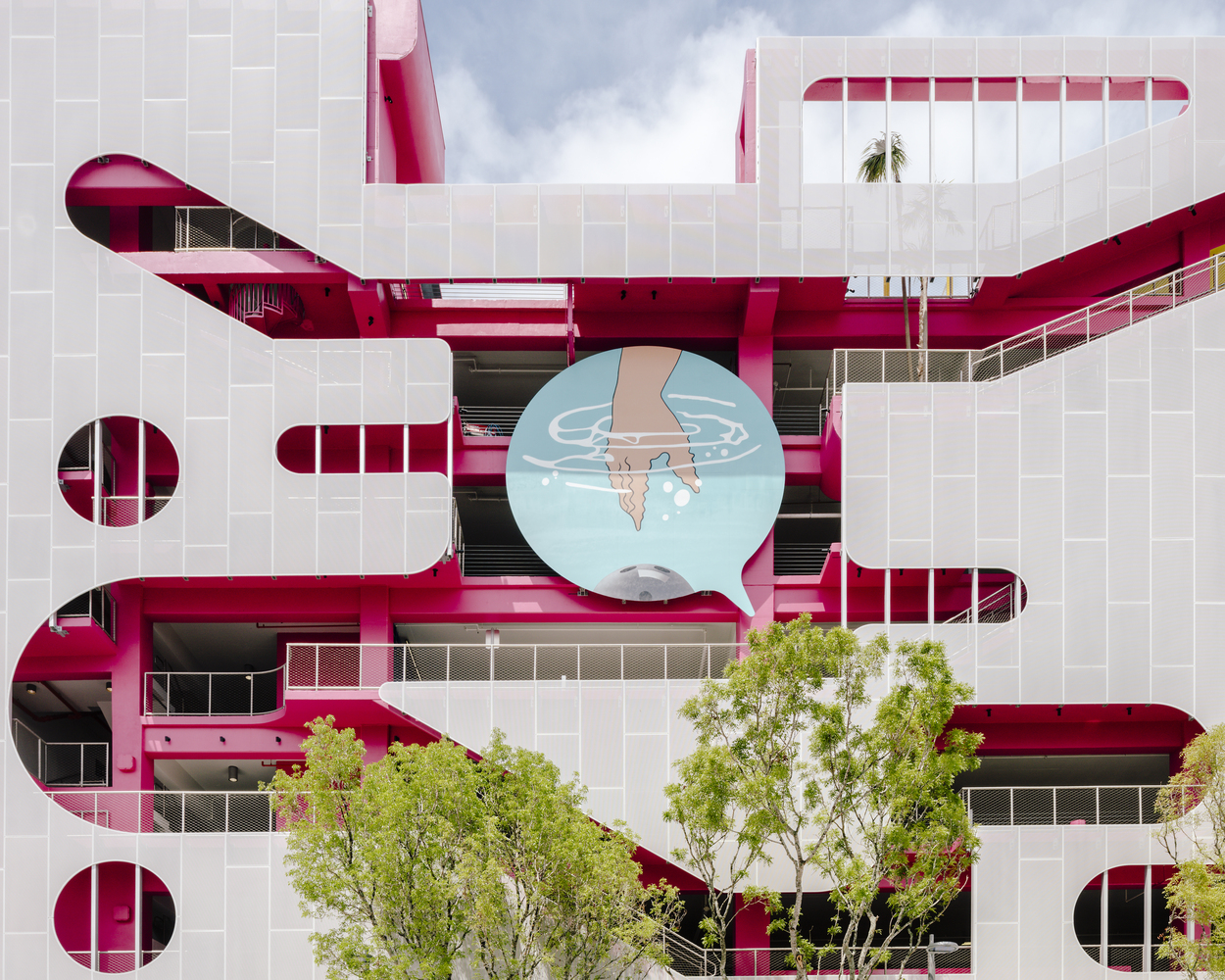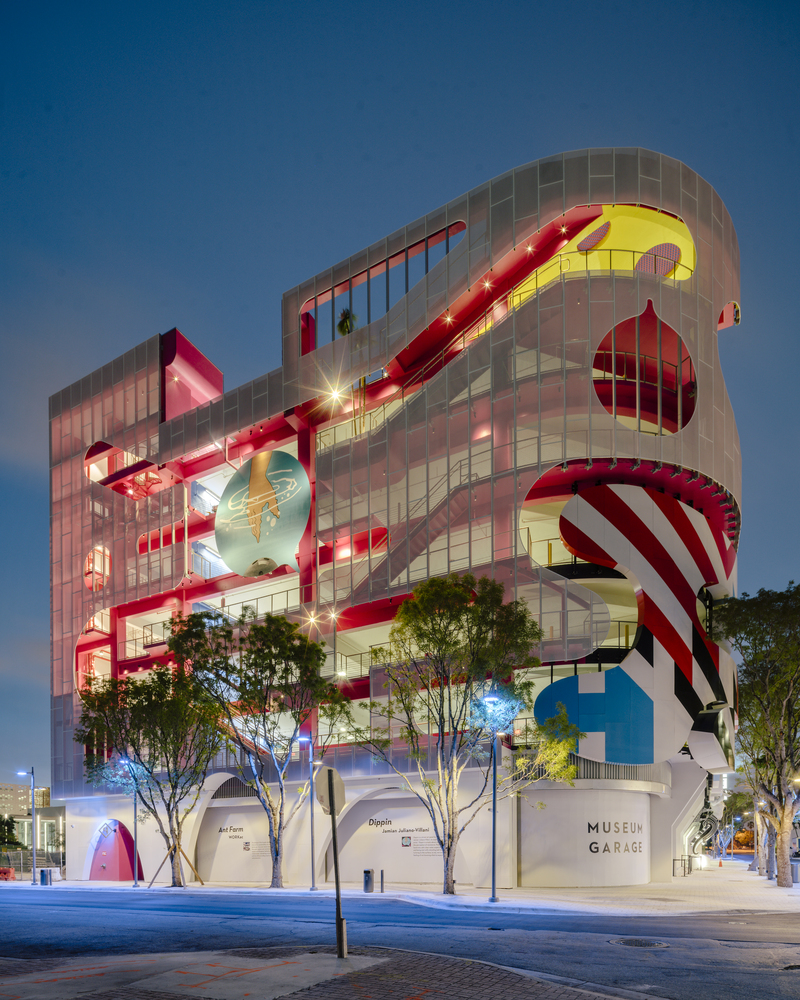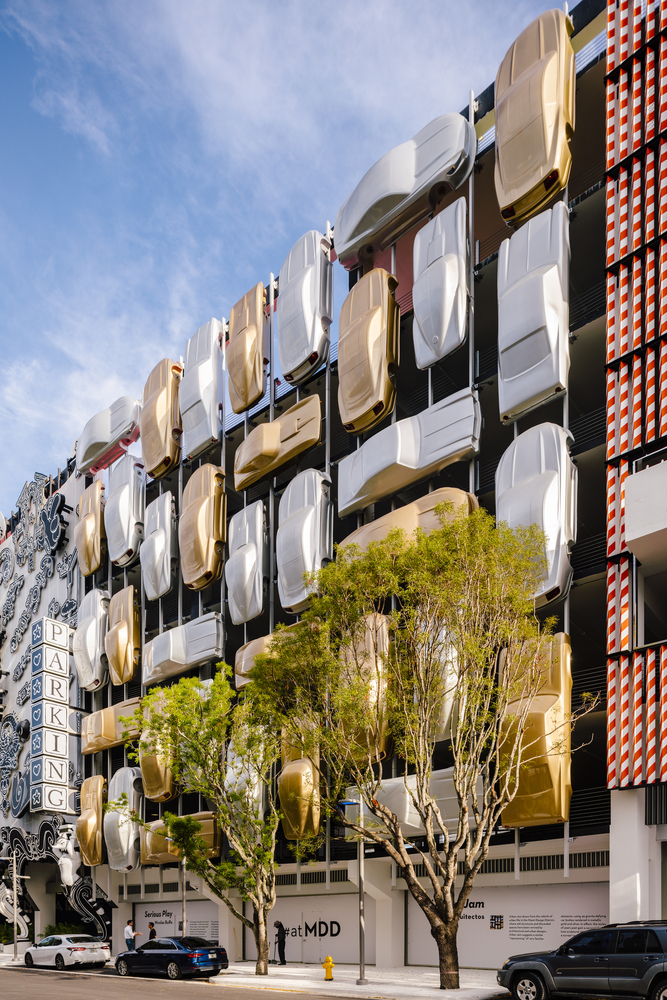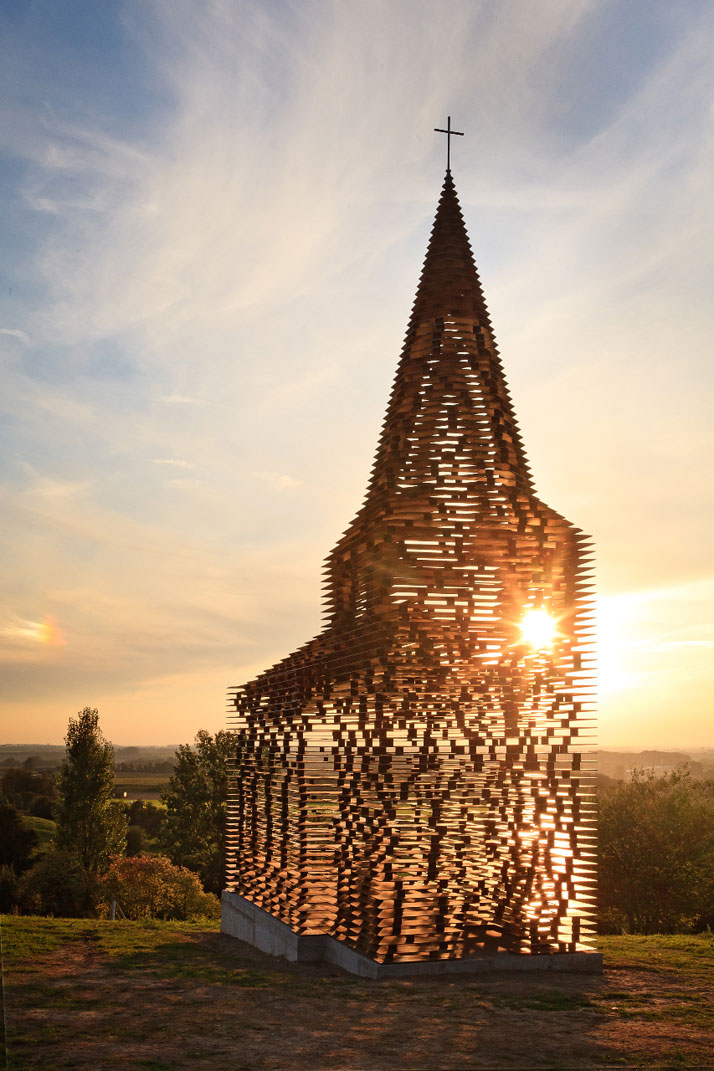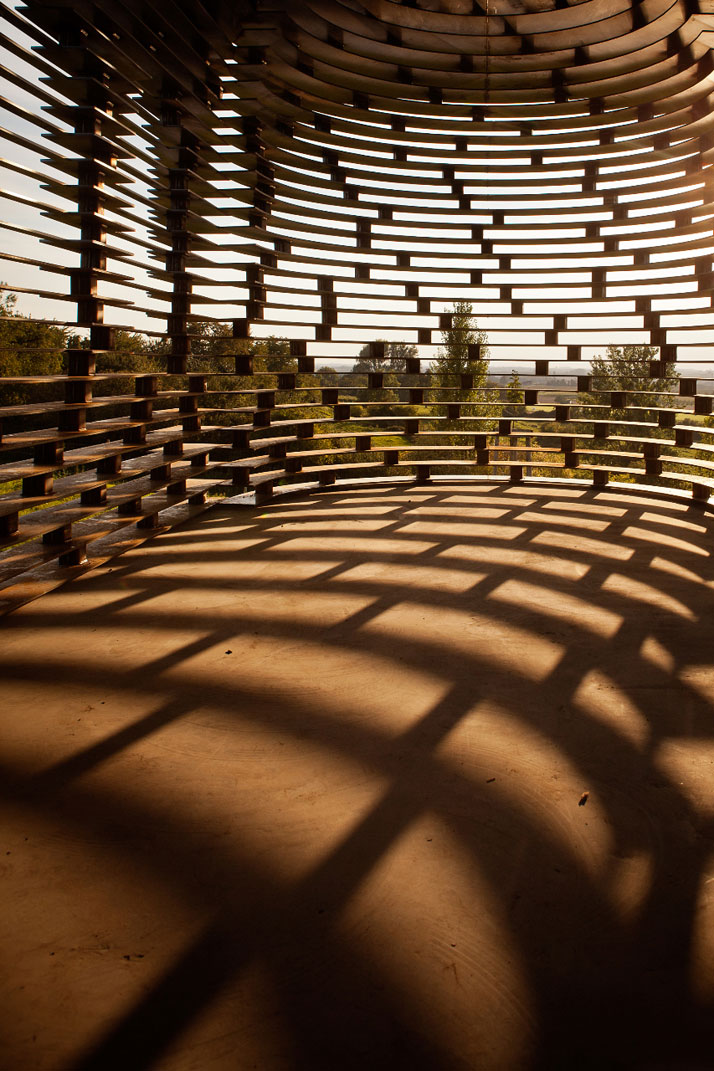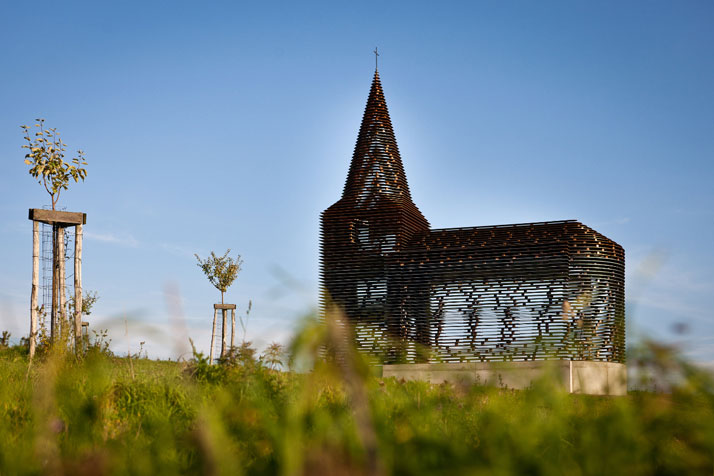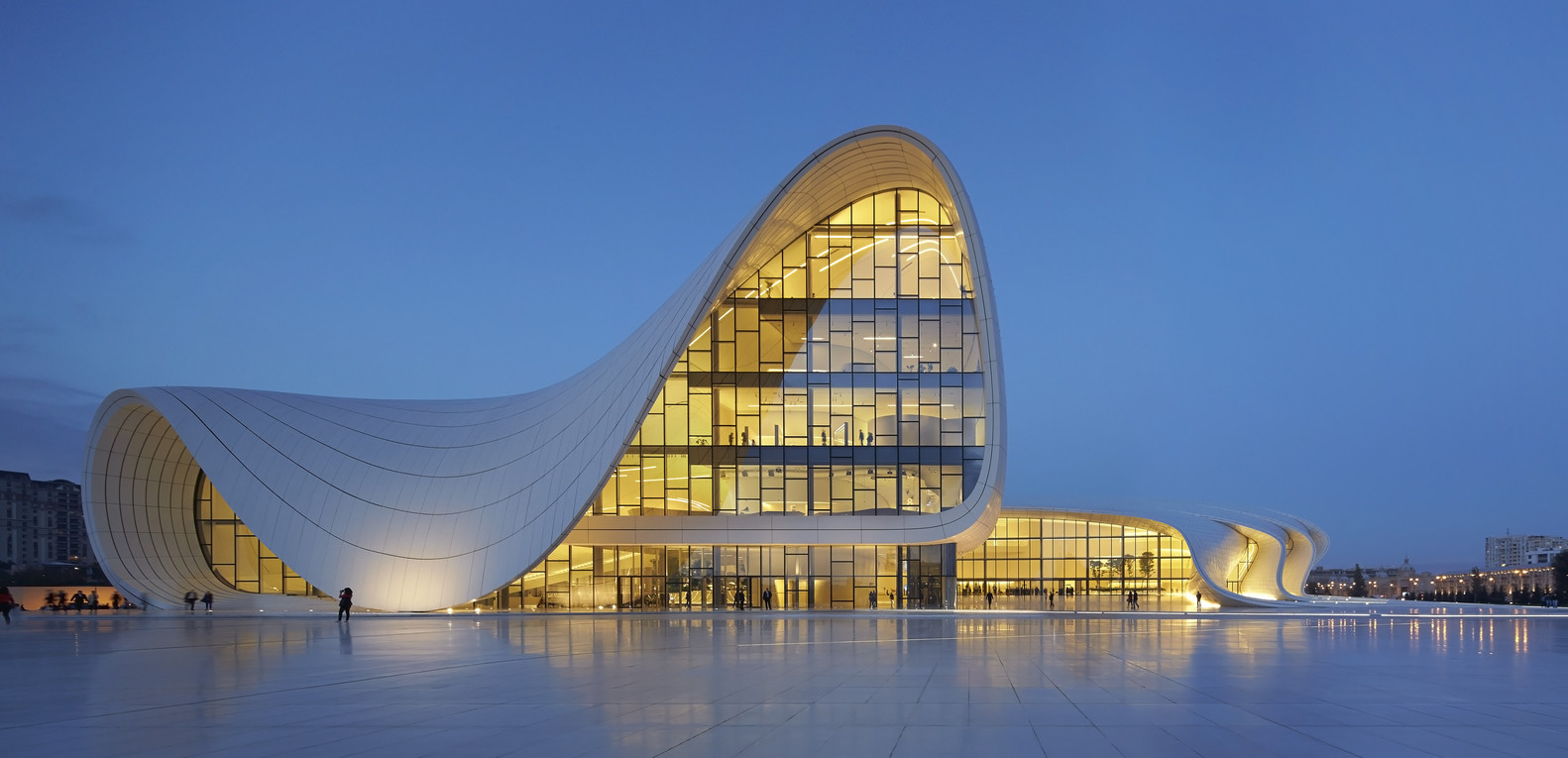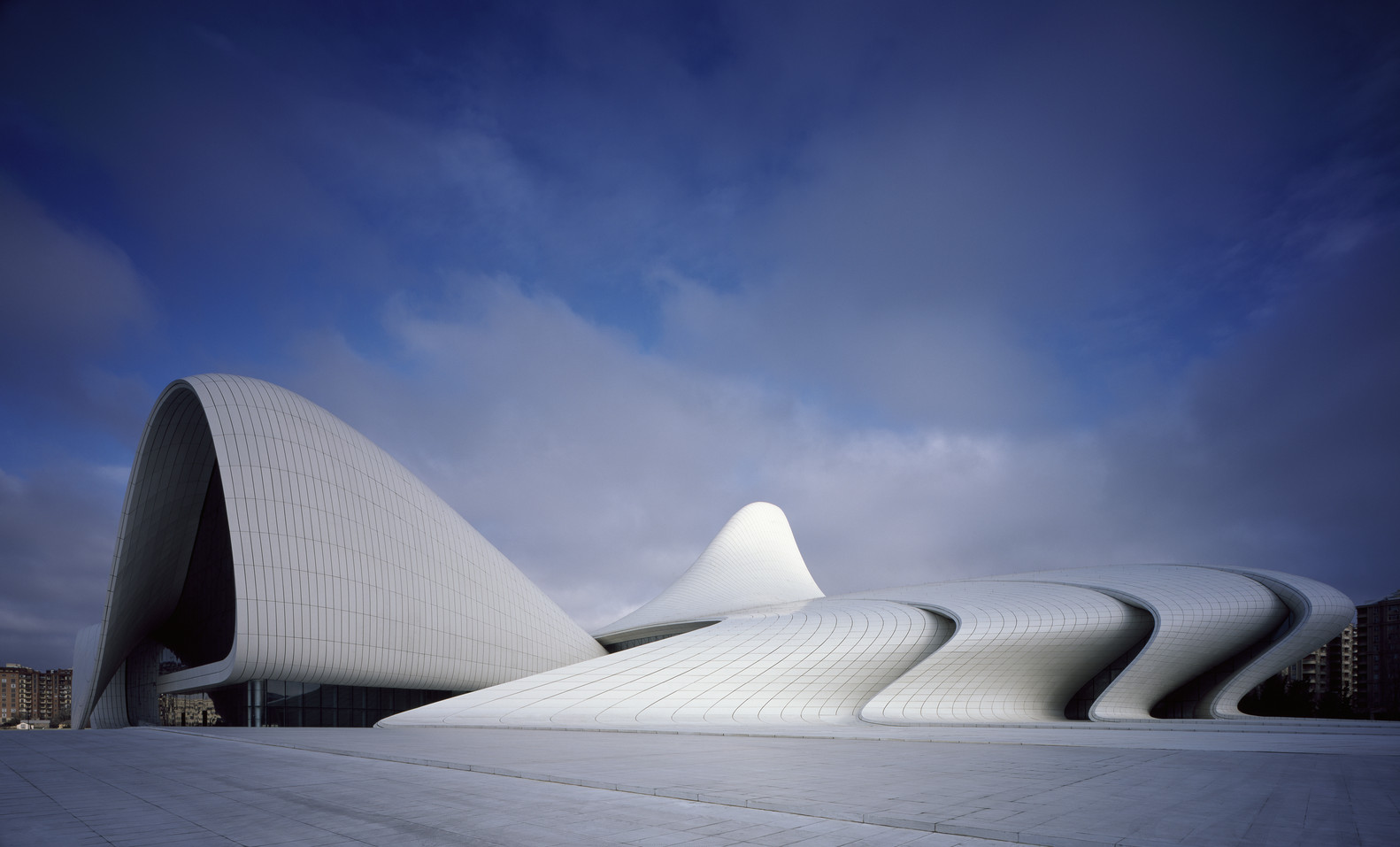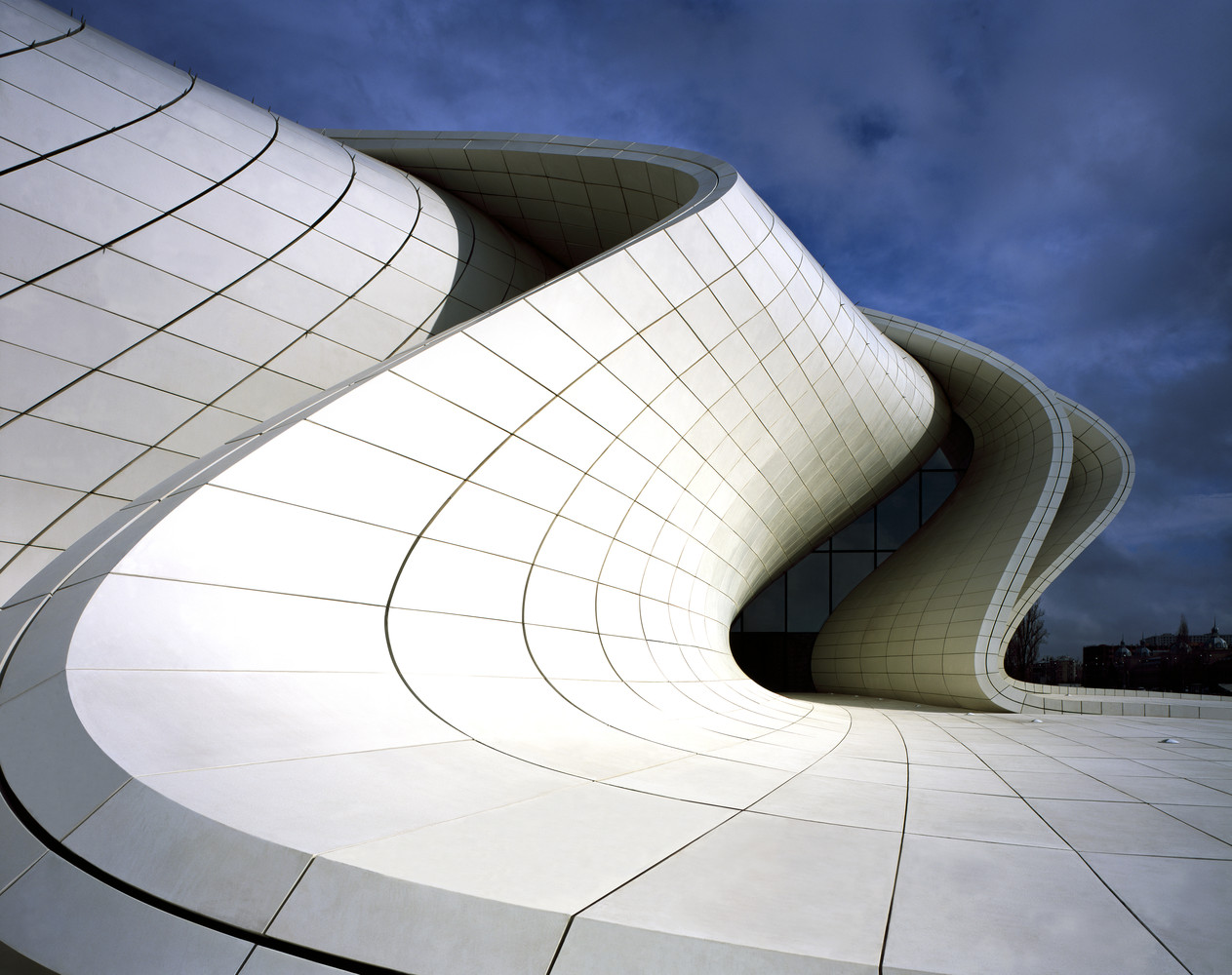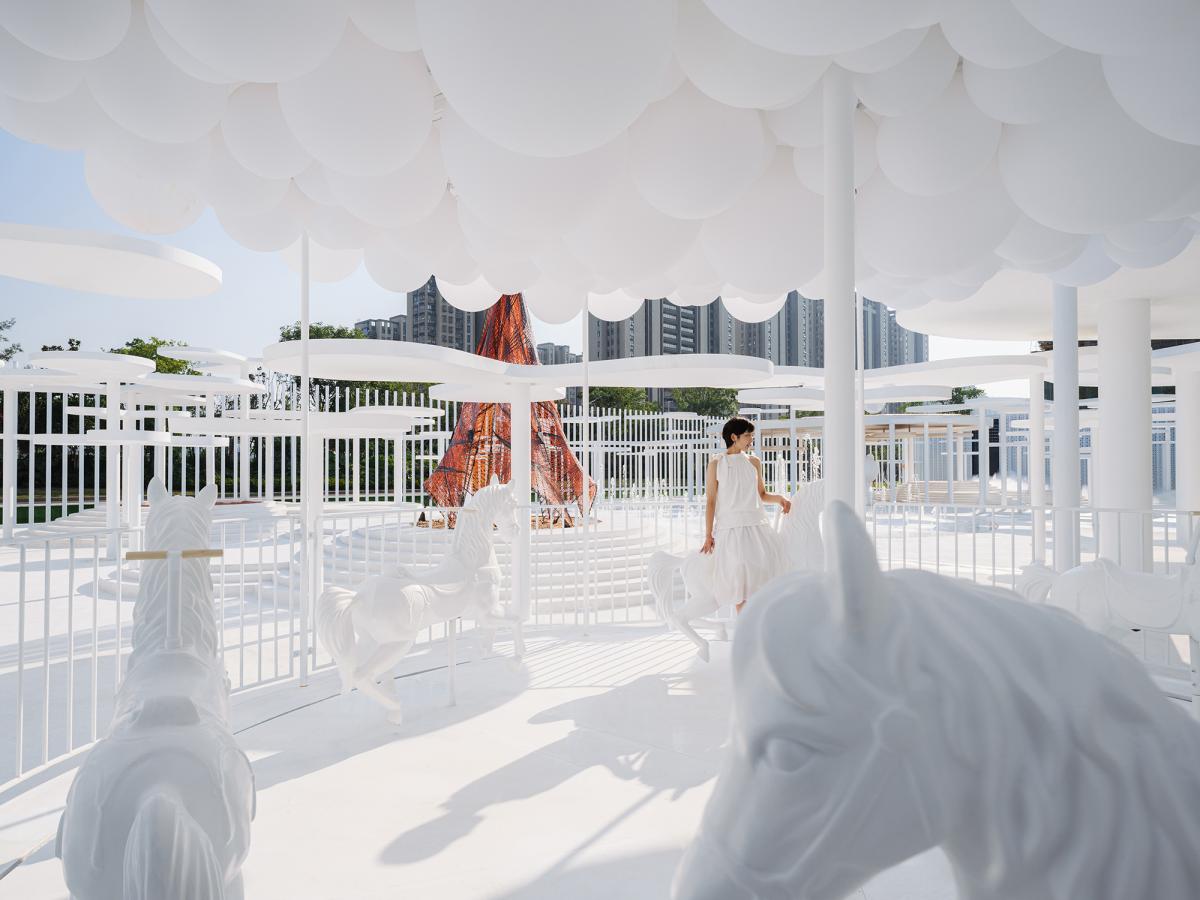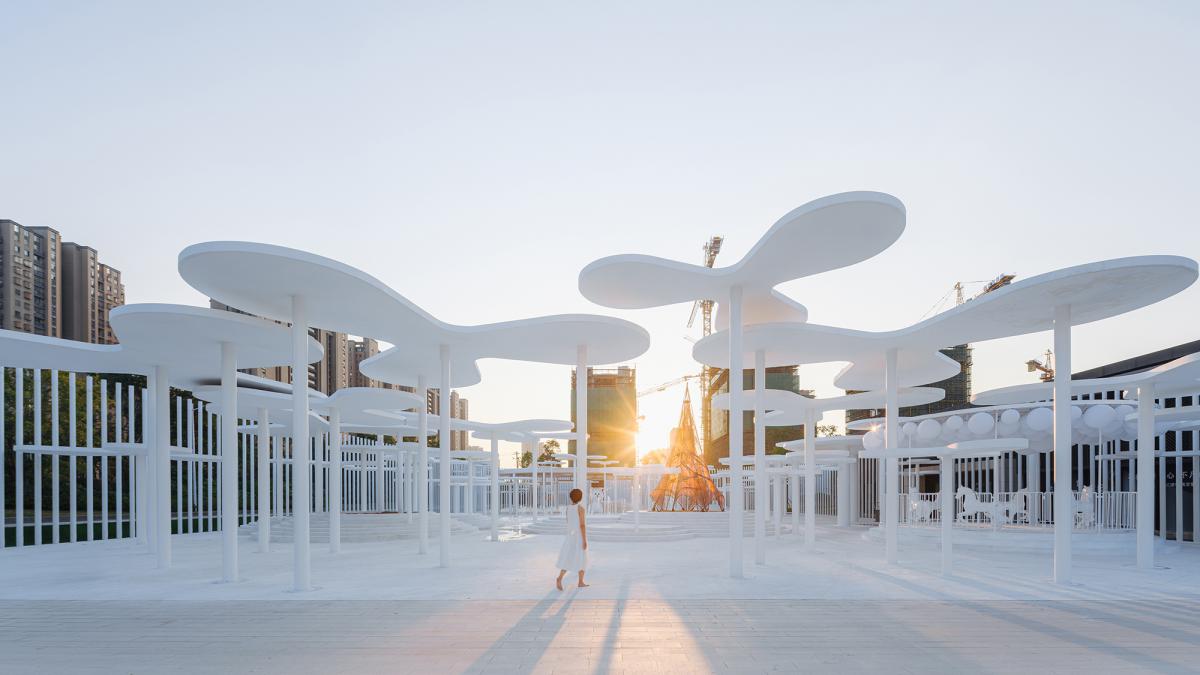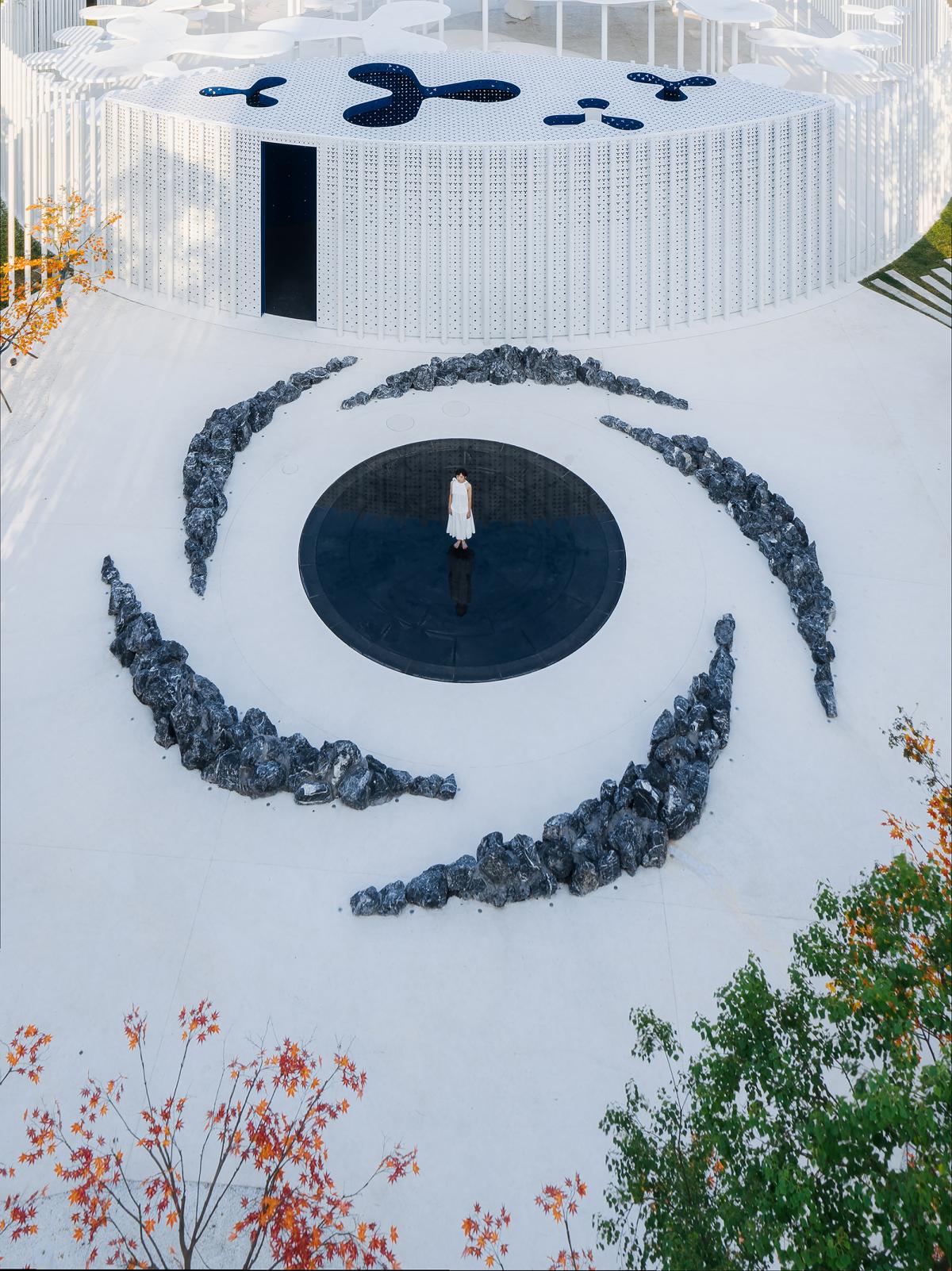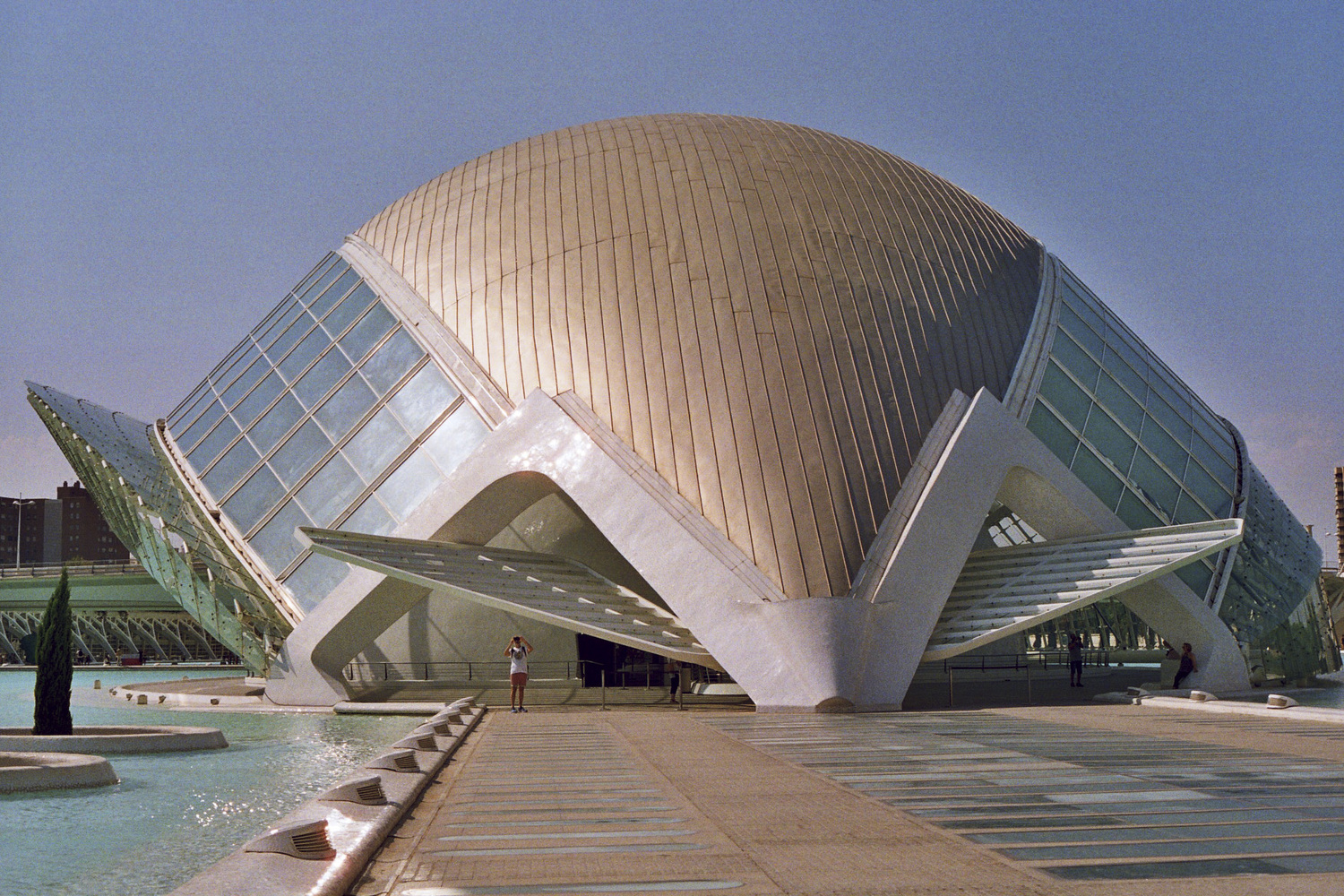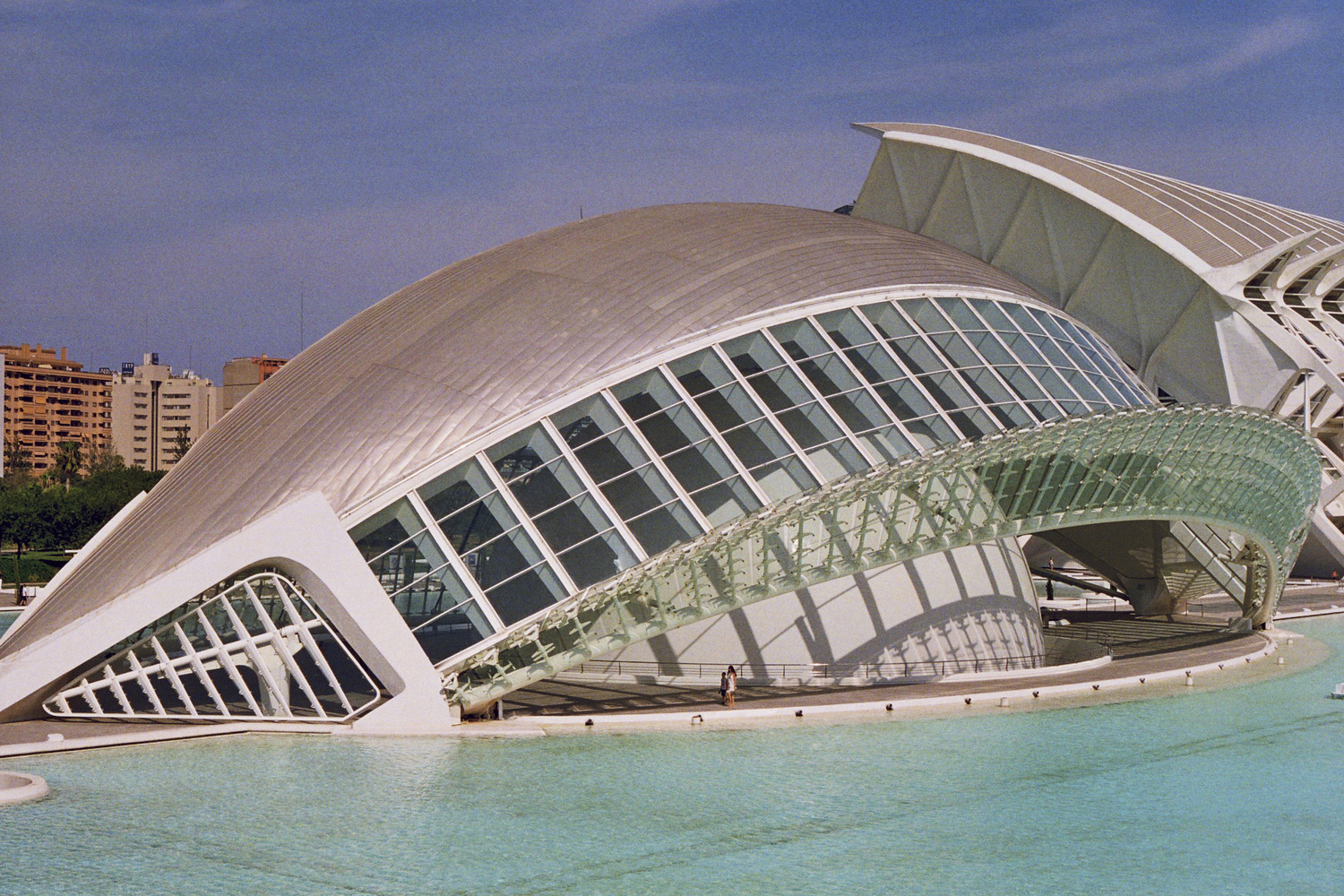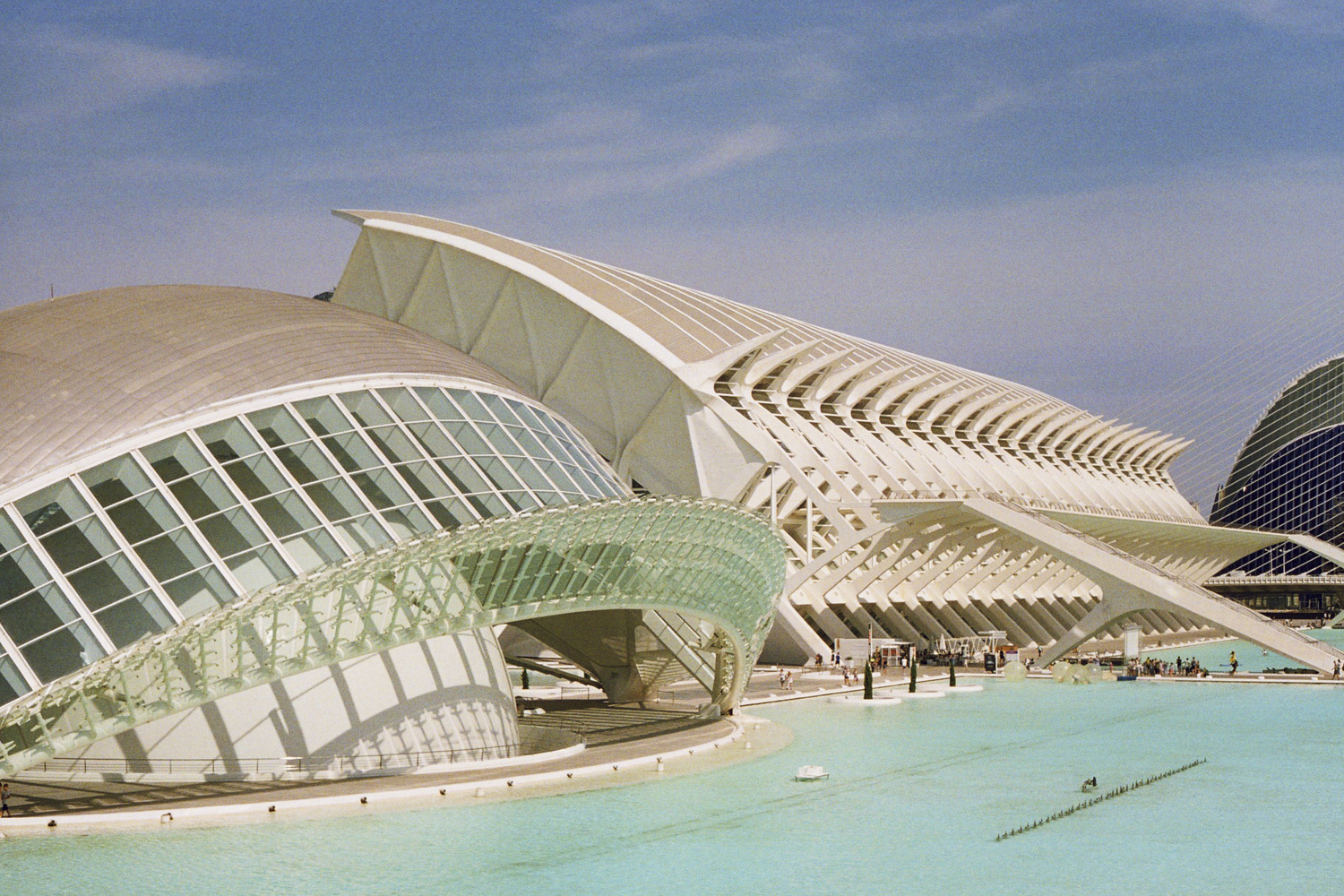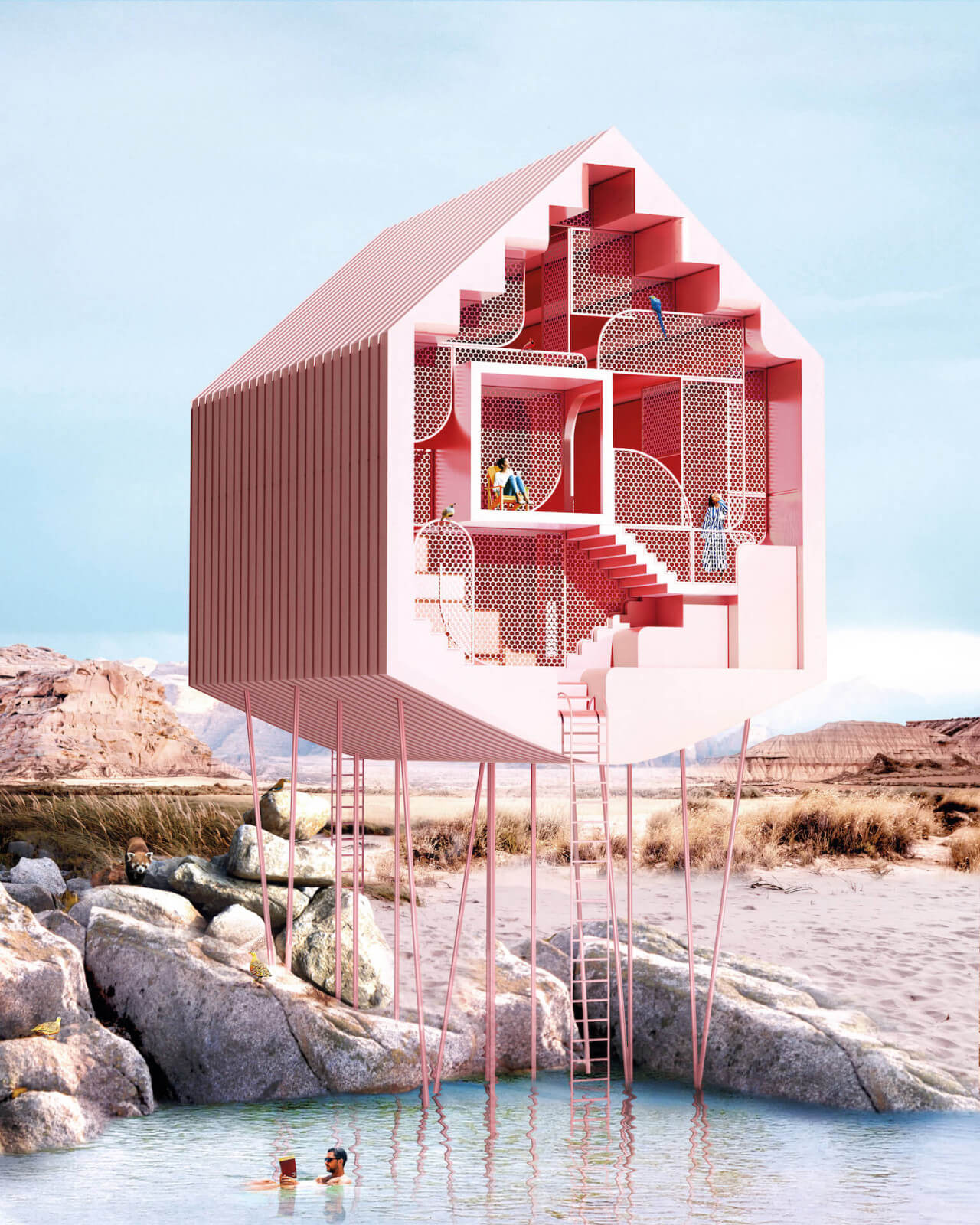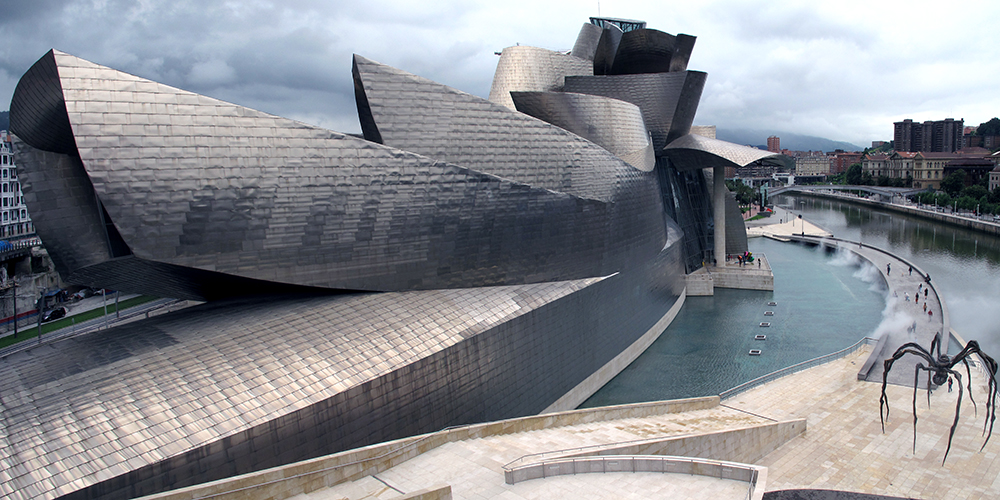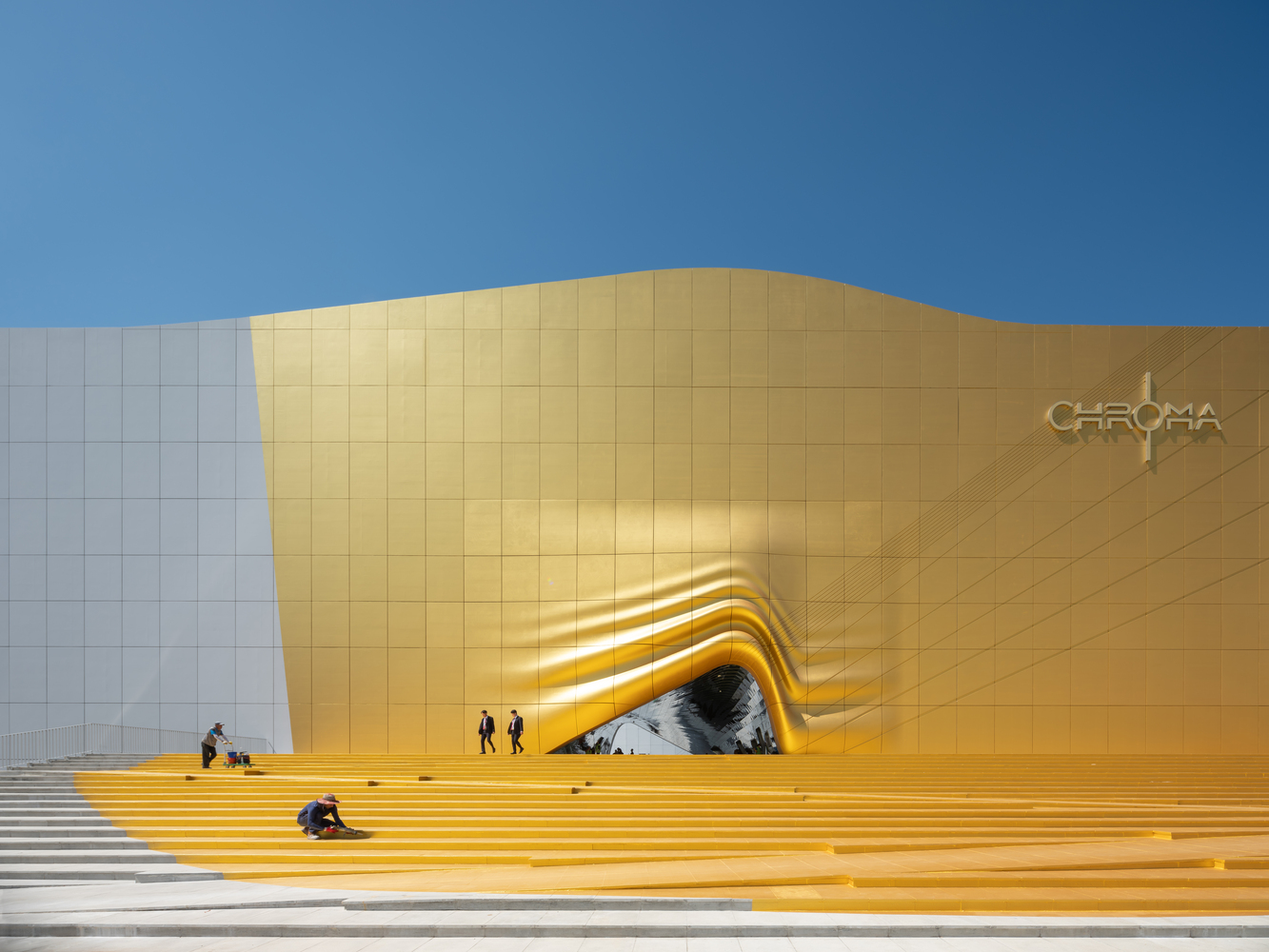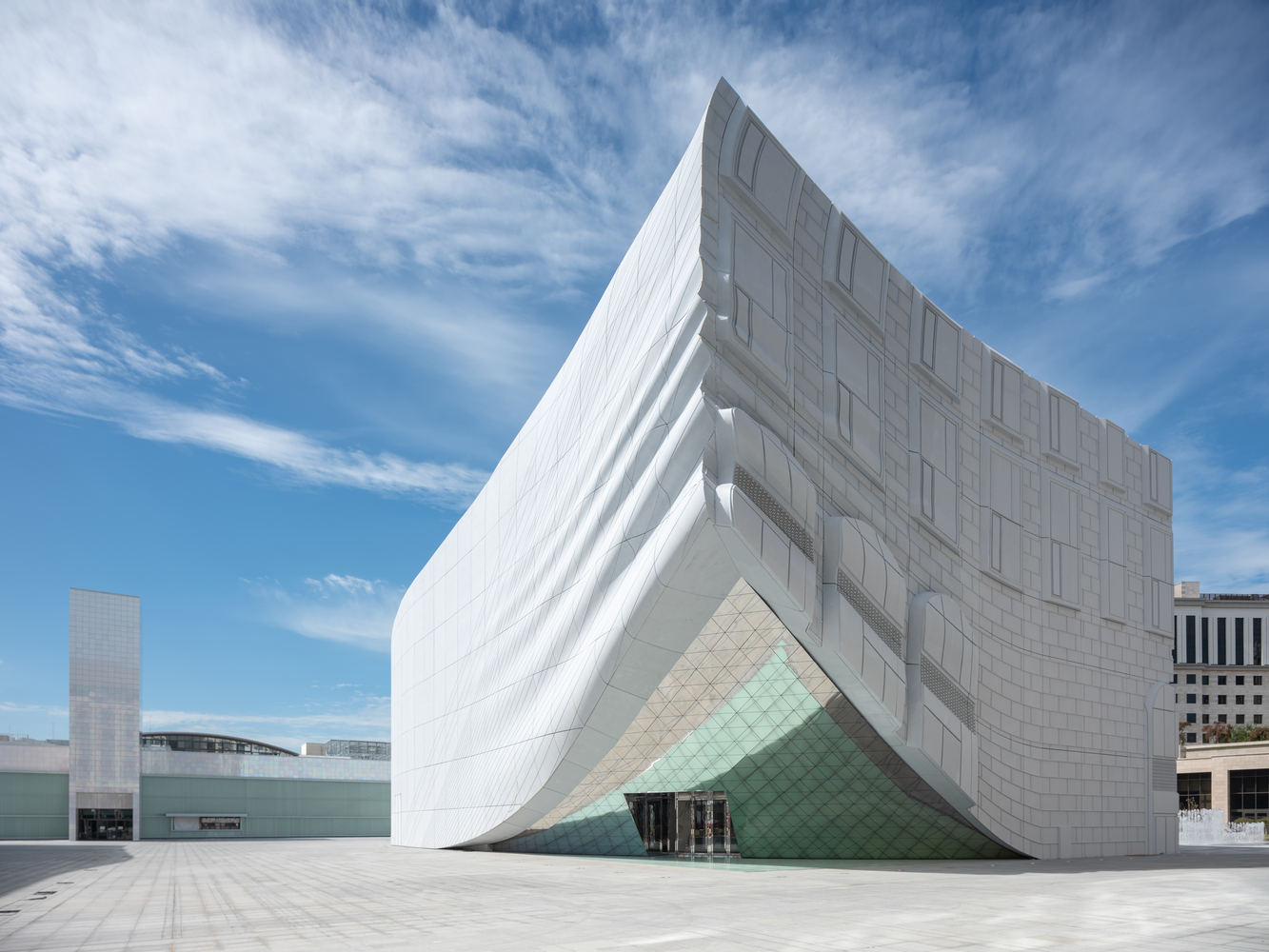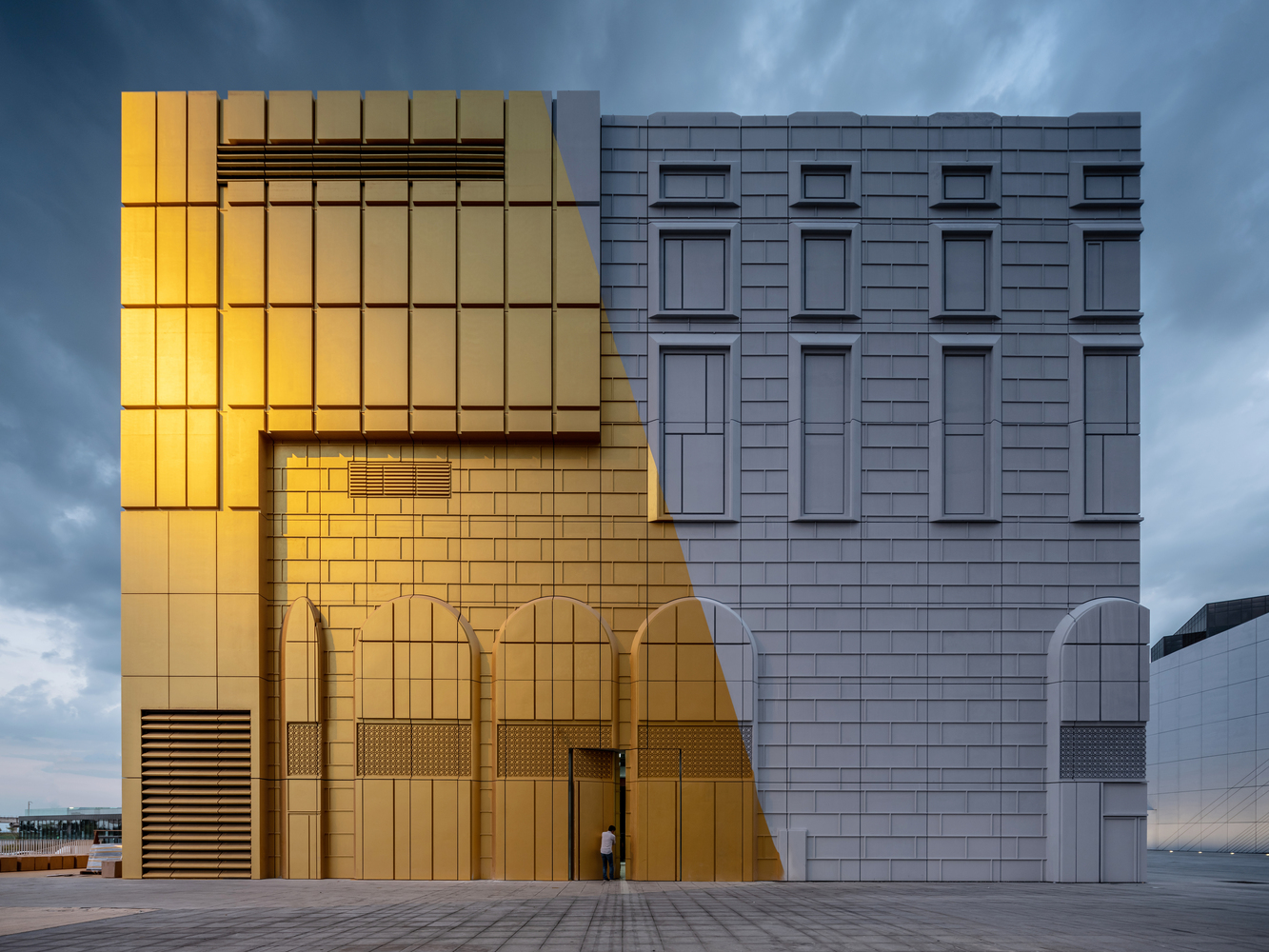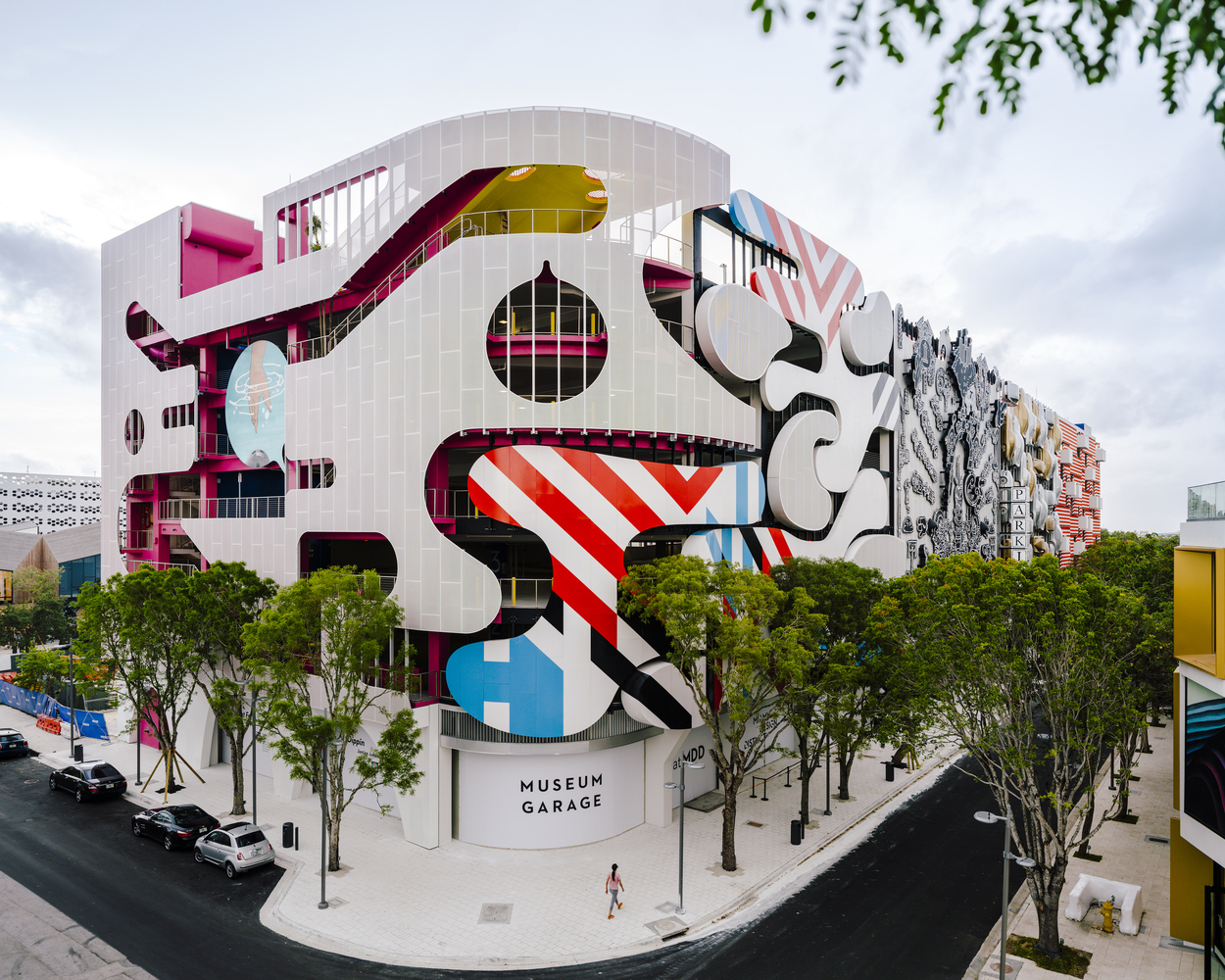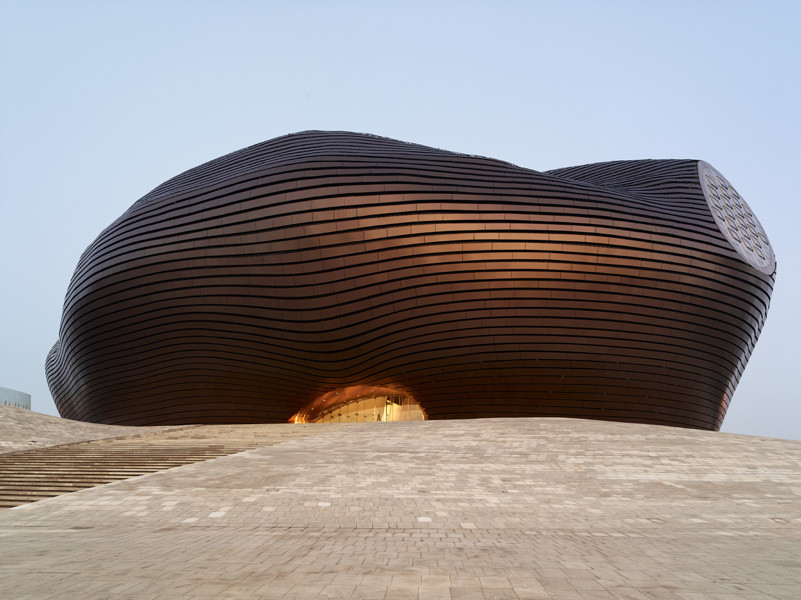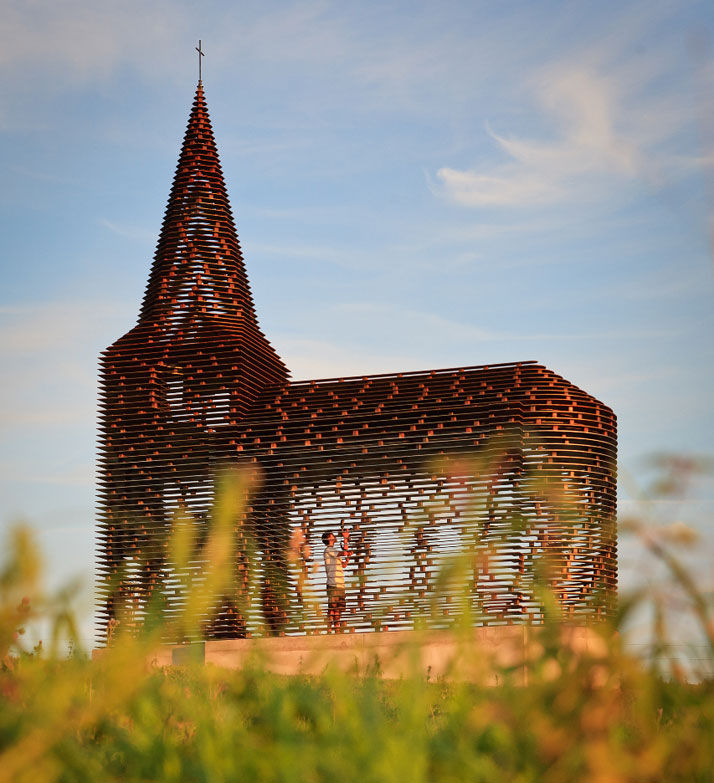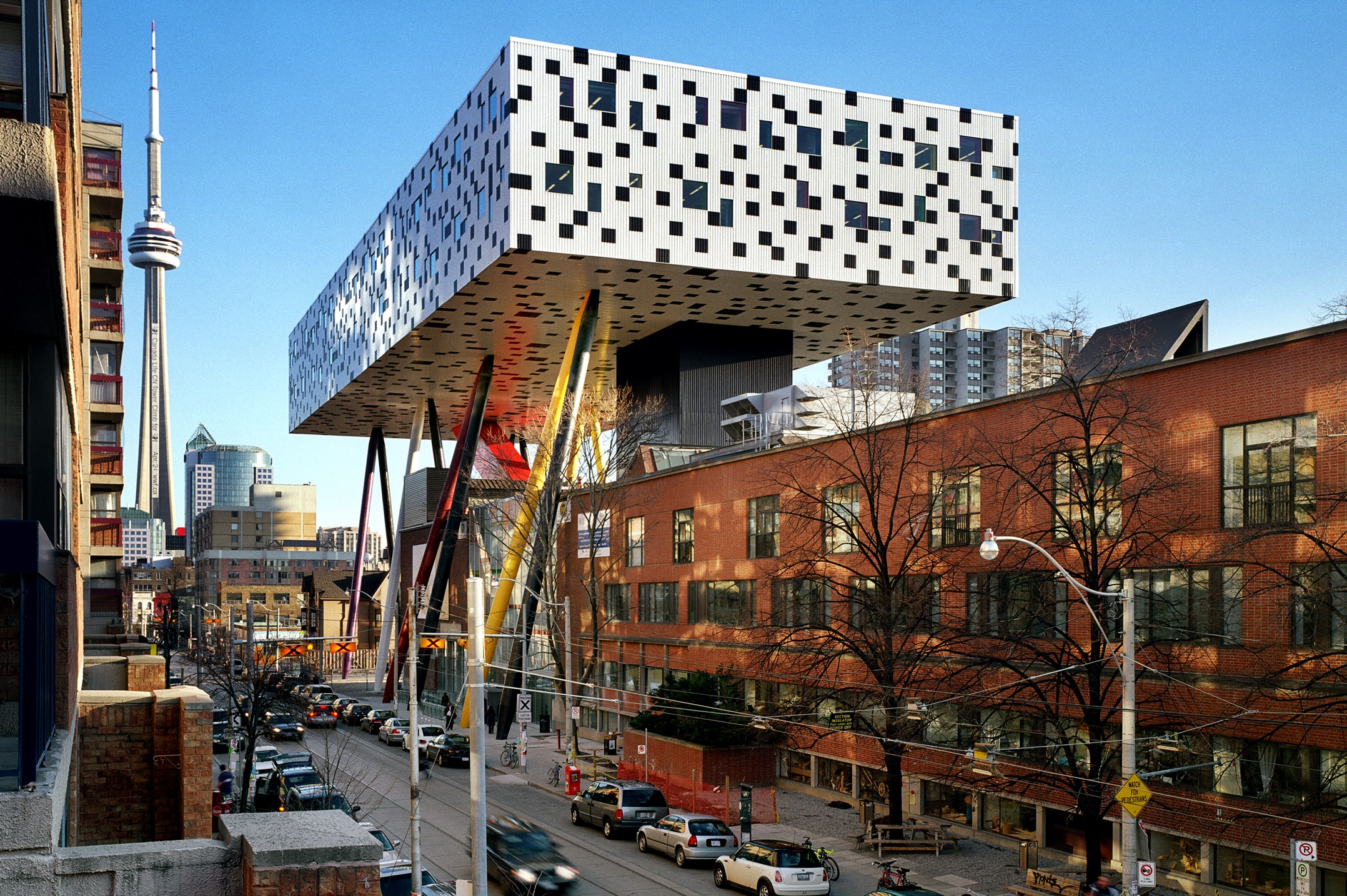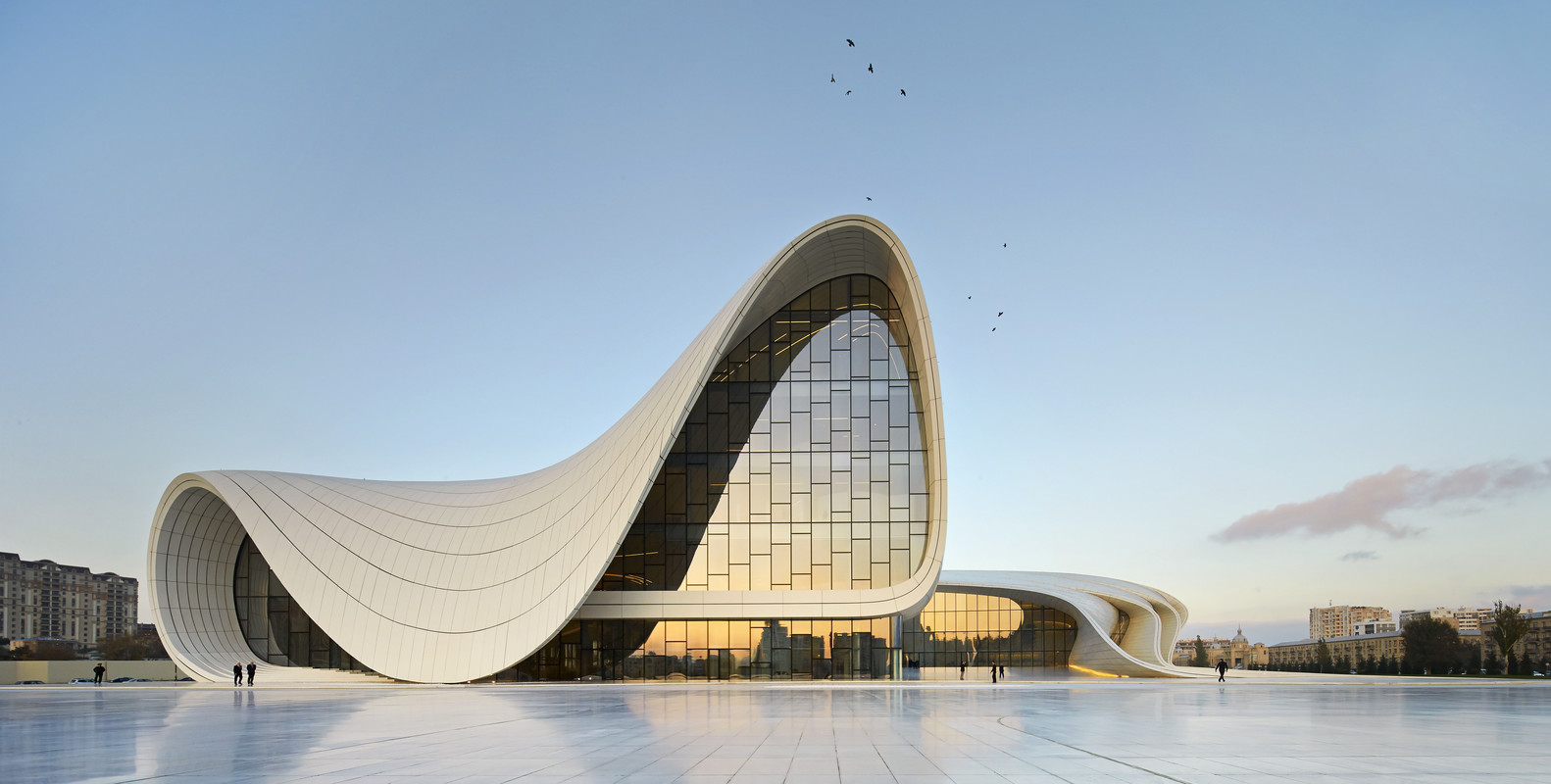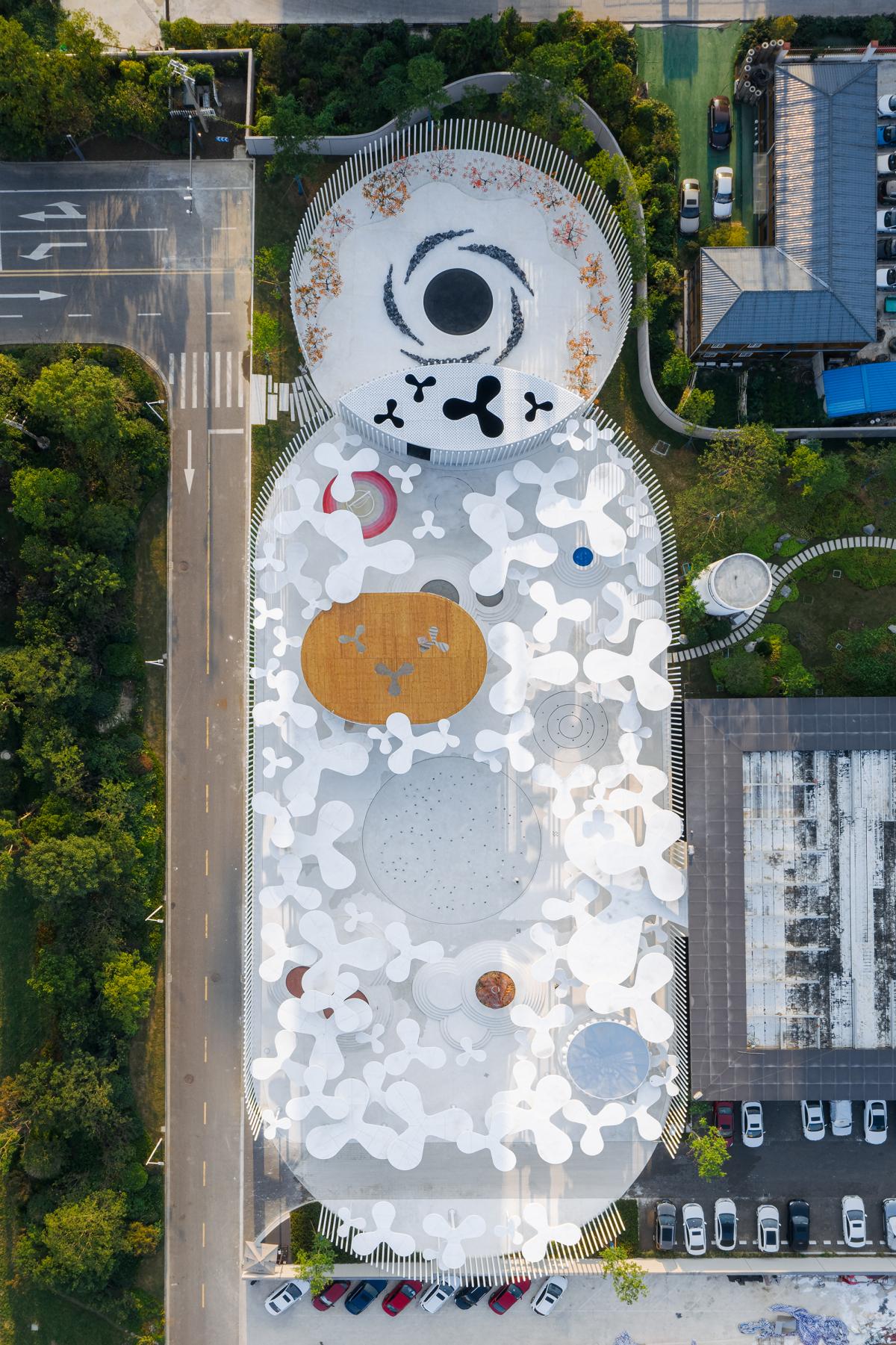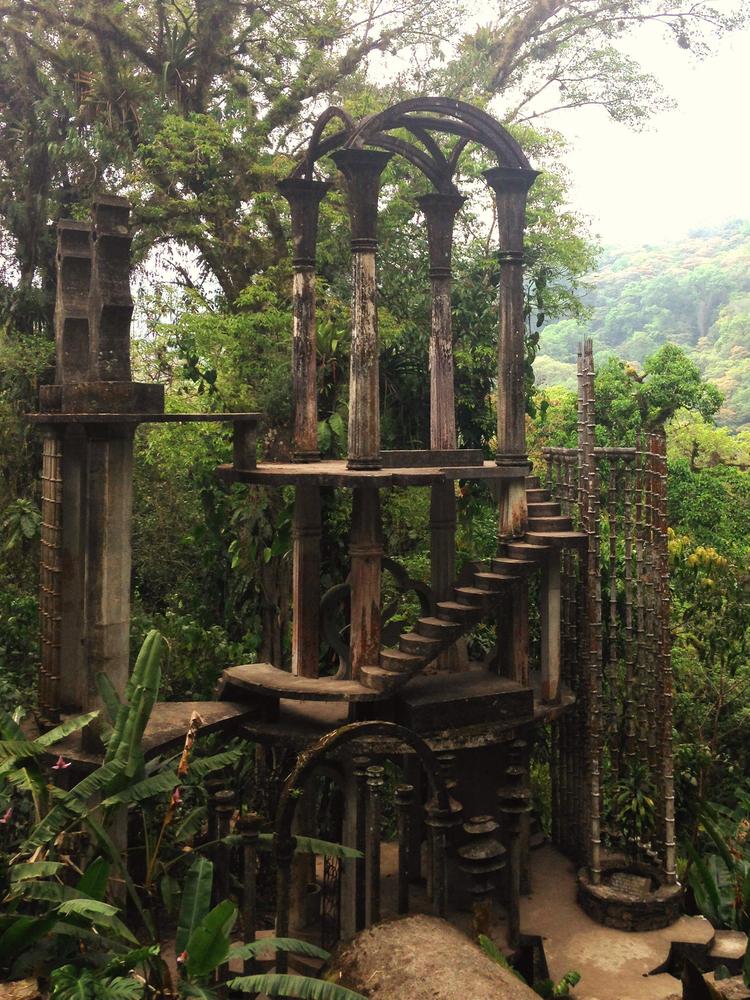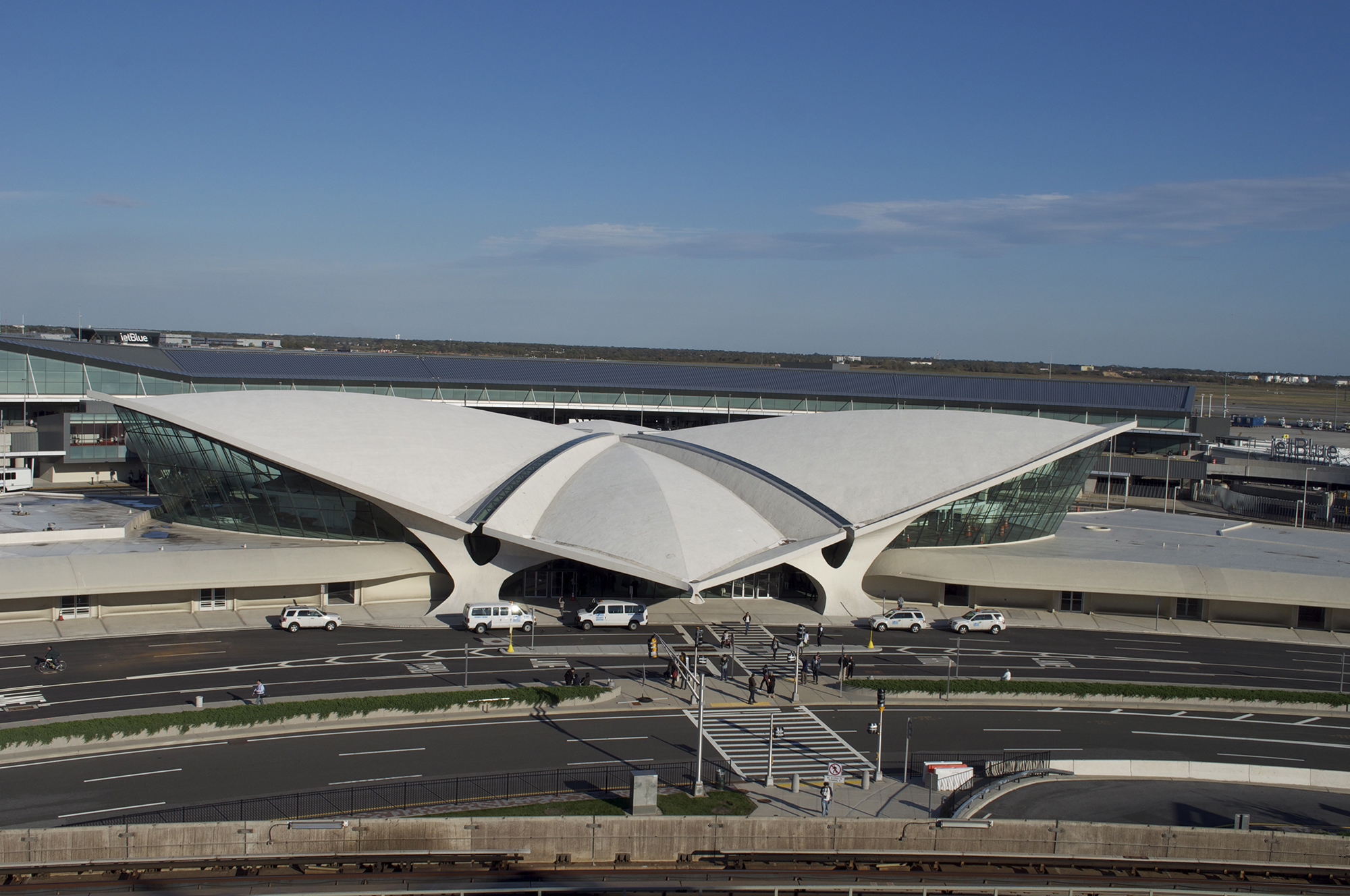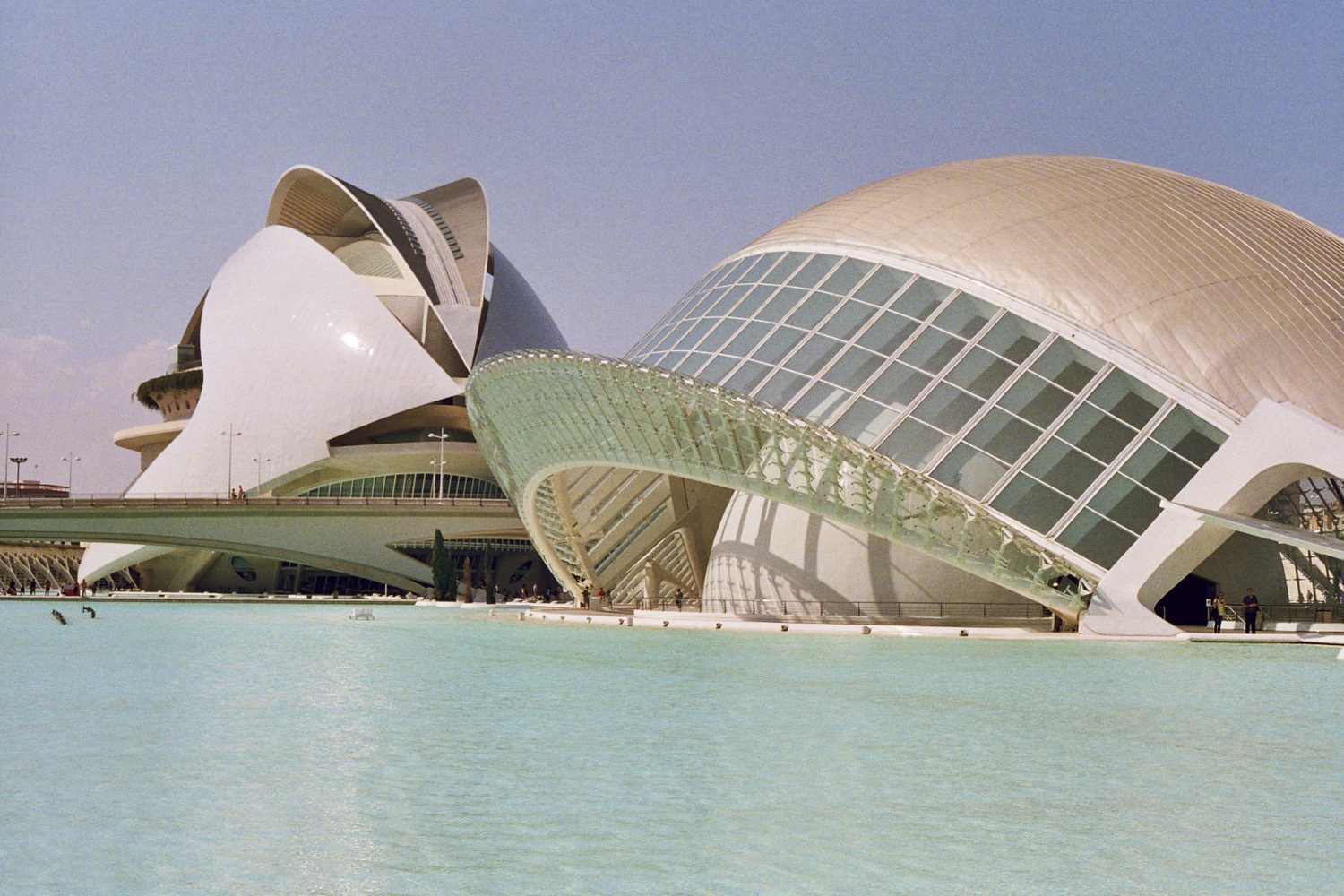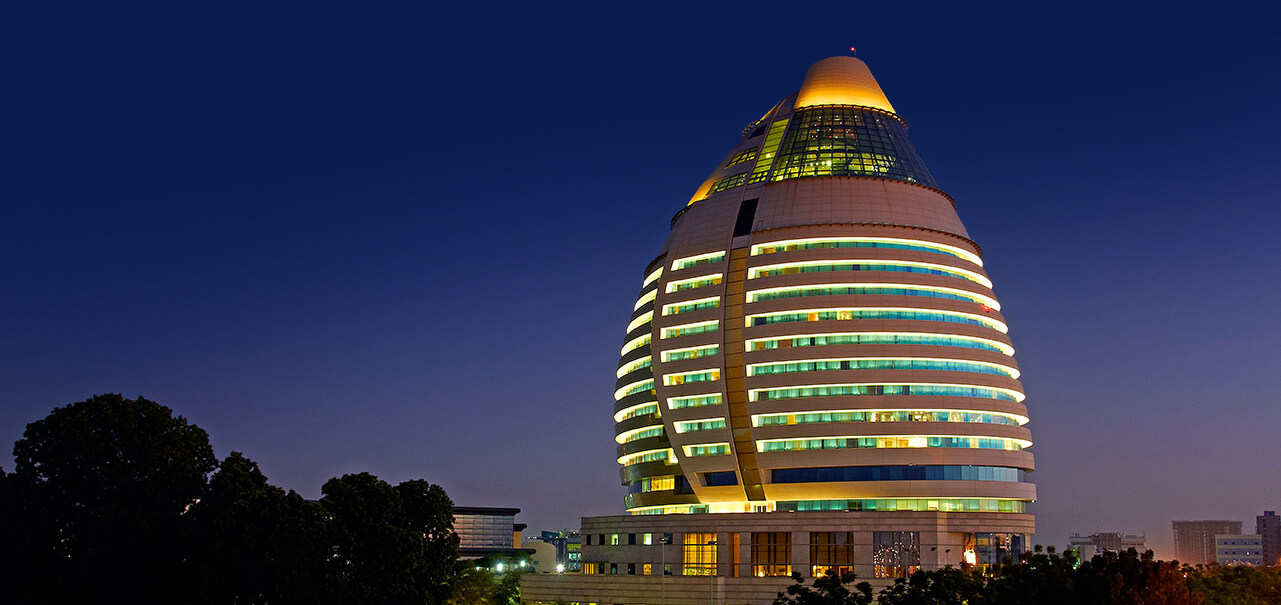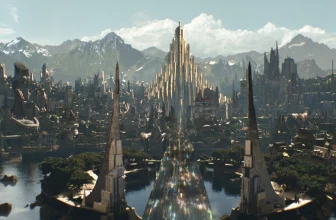The use of generalizations is limiting; why not break the mold? Why settle for mediocrity and follow the crowd? For what reason not to experience the unthinkable? These inquiries inspired the surrealist architecture movement, introducing novel design forms to the architectural world.
Surrealist architecture represents a metaphorical understanding of the universe. A skyscraper suggests a feeling of time, a lamp suggests the elaborateness of human vision, a wall raises questions about motion, and so on.
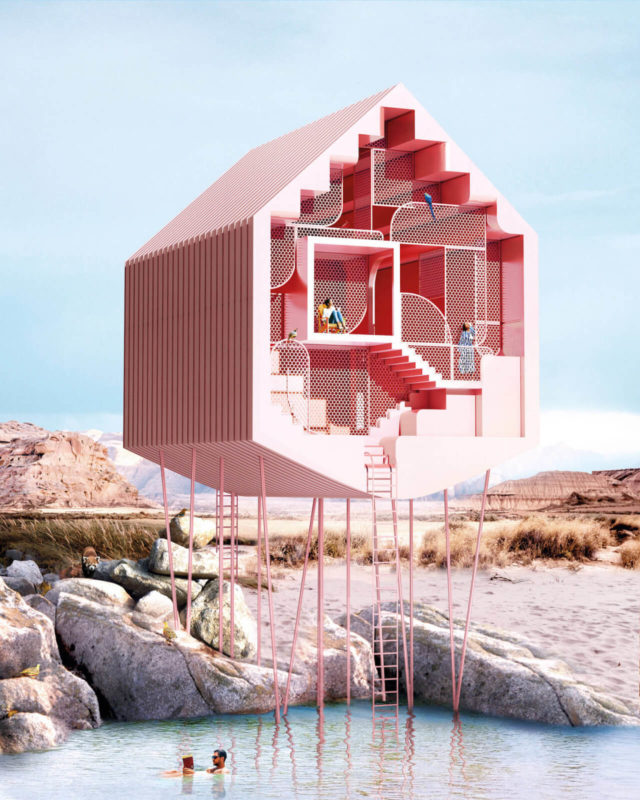
©DesignWanted
What is Surrealist Architecture?
In 1924, André Breton, the critic and writer who published The Surrealist Manifesto, stated that Surrealism could be described as a method of uniting the unconscious and conscious realities of experiences so that the world of dreams could merge with the rational world in which we currently reside, dubbing this merger “an ultimate reality, a surreality.”
Breton’s surrealist ideas offered a wealth of material for architects interested in the foundational function of architectural design to analyze the influence of buildings on everyday experience. Since then, Surrealism has significantly impacted 20th-century buildings thanks to the likes of Salvador Dali, Frederick Kiesler, and Frank Gehry.
Also Read: 6 Architecture Icons That Define Postmodernism from the 20th Century
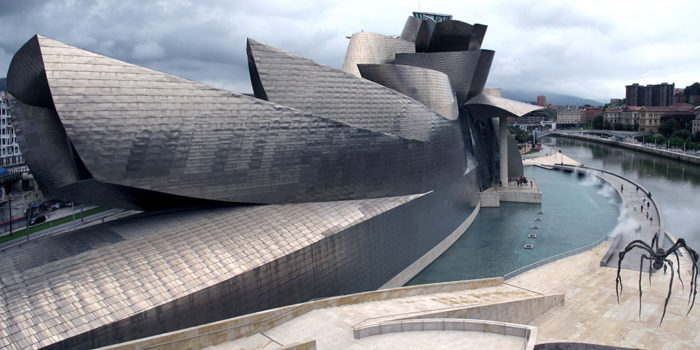
Frank Gehry, Guggenheim Museum Bilbao, ©Emilio I. Panizo
Surrealist architecture, which emphasized content over shape, was an alternative to the more formal Cubist style. Aesthetically appealing to great architects, the concept of accepting intuitive techniques and absurdity in the shape of design forms made this shift particularly noticeable in the brick-and-mortar, or concrete, structures that characterized this period. Some of the world’s most renowned builders, including Le Corbusier and Aldo Rossi, found their muse in these styles. The momentum keeps going strong as of the present day.
10 Examples of Surrealist Architecture
Parametric design, advanced technology, and exciting building materials have all contributed to the permanence of the surrealist architectural movement. Check out this collection for a few examples of surrealist architecture that will make you feel like you’re in a dream.
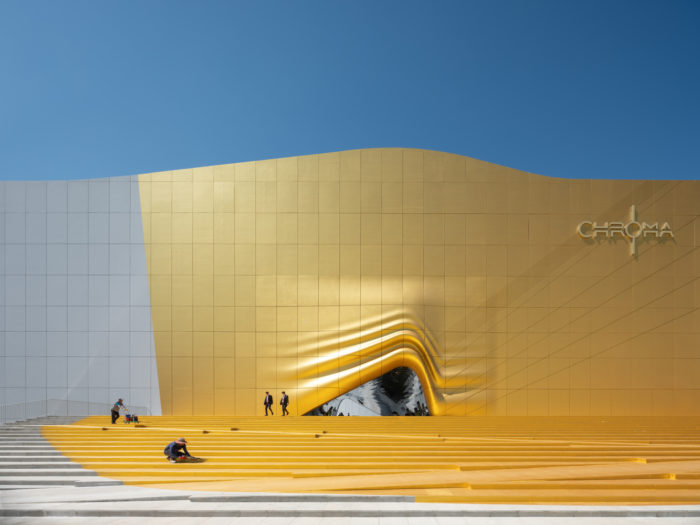
©Ossip van Duivenbode
The MVRDV design had to work in harmony with the existing structures on the property. As an outcome of this issue, a spatial structure was developed by reflecting the façades of the neighboring architecture and functioning as a curtain with a building shape similar to a shadow.
The façade was covered in textiles and gold leaf, and it featured a relief design and entrances that were raised off the ground thanks to panels of glass-fiber-reinforced concrete (GFRC) coating. Consequently, what was created is, at the very least, a dramatic event that perfectly exemplifies how Surrealist Architecture should look like.
Also Read: The Beauty of our Contemporary Architecture Revealed Through These Colorful Facades
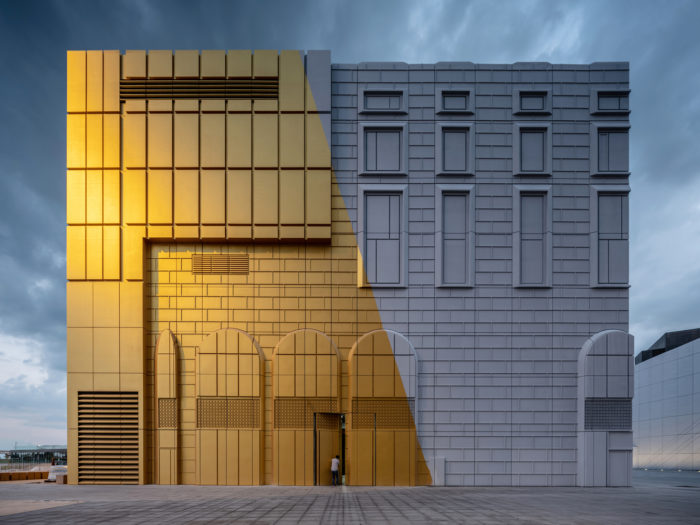
©Ossip van Duivenbode
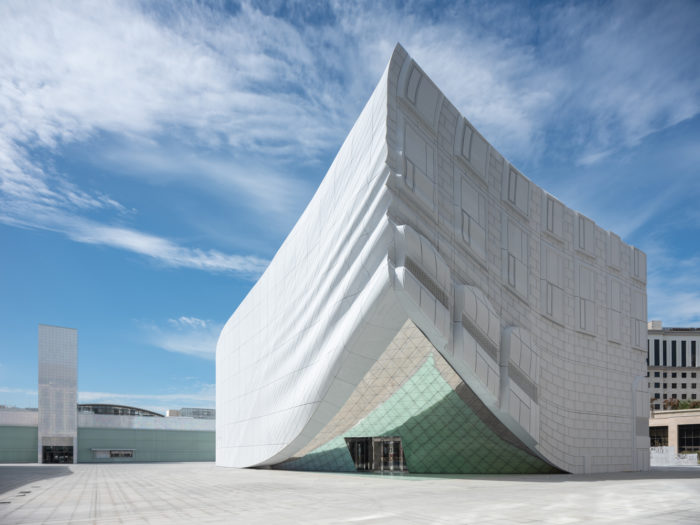
©Ossip van Duivenbode
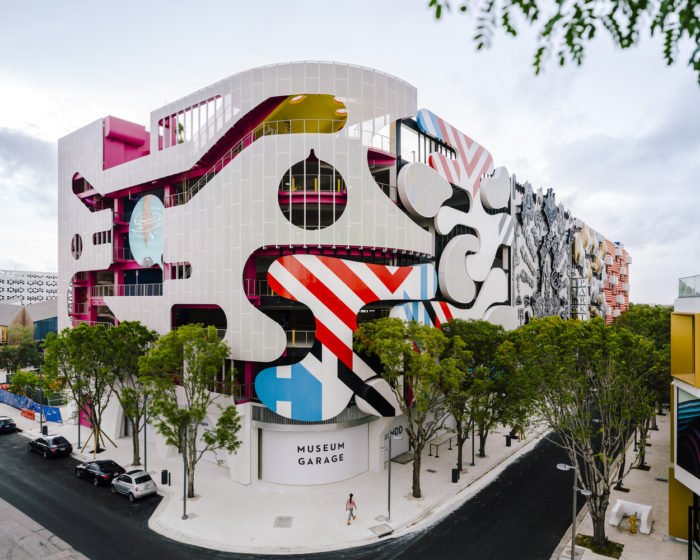
©Imagen Subliminal
It was Terence Riley who had the idea for the Miami Museum Garage. He took his cue from the surrealist party game Exquisite Corpse and hired a small group of architectural firms to create the structure. The chosen builders, just like in the game, came up with these marvelous façades concepts without seeing the work of their peers. The end product is a picture of many different elements with a distinct look.
3) Ordos Art & City Museum / MAD Architects
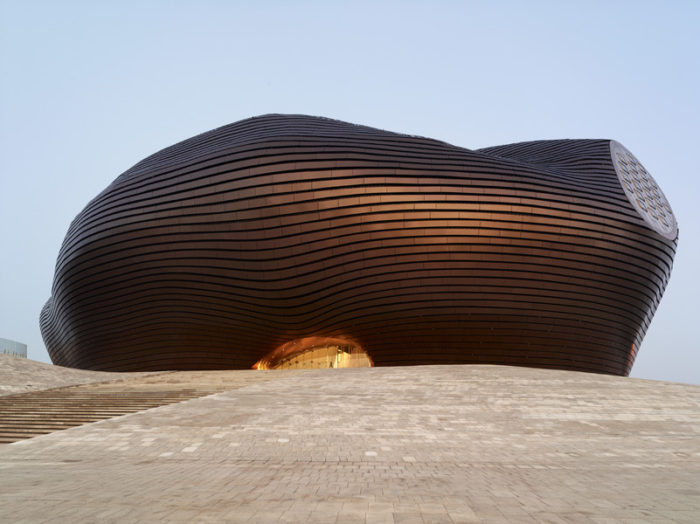
©ShuHe
The Art & City museum by MAD Architects looks like it was dropped from space and was designed to respond to the master plan’s rigid geometry. This area was a desolate stretch of the Gobi Desert only a few short years ago, but now it’s home to towering dunes, imposing staircases, and breathtaking vistas.
4) See-through Church / Gijs Van Vaerenbergh
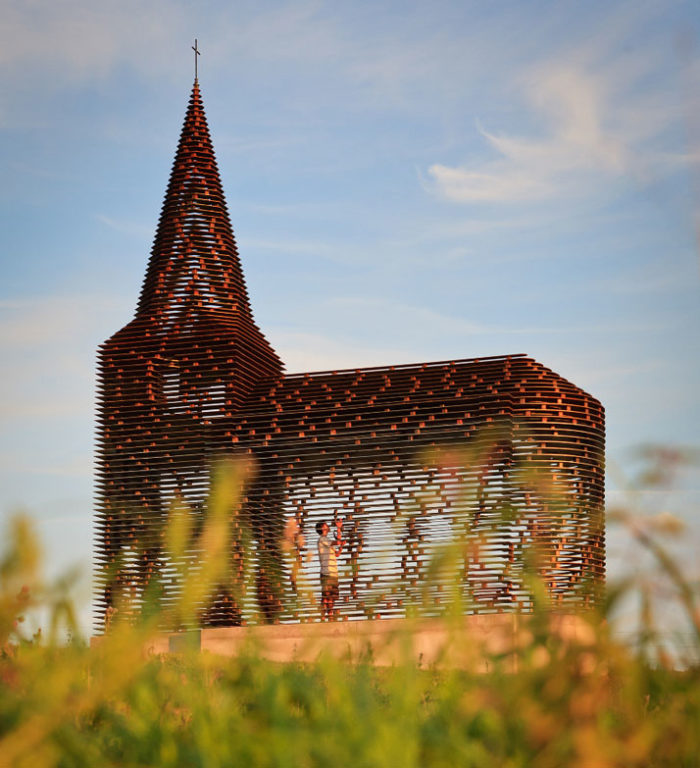
©Kristof Vrancken
Located in Belgium, this transparent chapel looks like it was plucked from the pages of a Surrealist manifesto. Established as a permanent public artwork, it aims to create harmony between the interior and exterior, artwork and architecture, and practicality and beauty. The translucent effect created by the stacked steel plates in 100 layers gives the sense of passing through the walls.
5) The Sharp Centre / By Will Alsop
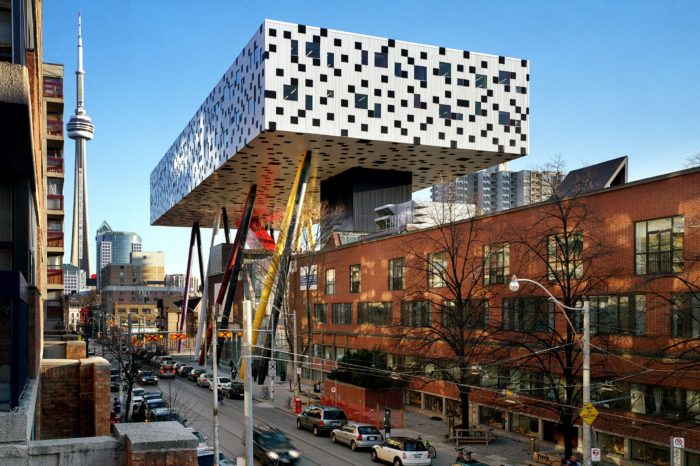
©Richard Johnson
A distinctive black and white pixel skin covers the raised “tabletop” addition to the Ontario College of Art and Design, strikingly contrasting the otherwise relaxed Victorian modern settings. Twelve colorful legs support the structure, rising as high as 26 meters.
Cleverly, the raise was implemented to fund the development of additional public open areas. The layout was conceived to enhance the flow of foot traffic as well. Surrealist Architecture characteristics were achieved here by fusing seemingly incompatible beliefs as the building manages to strike a unique equilibrium in the area, bewildering onlookers.
Also Read: 10 of the Most Iconic Buildings of Modern Architecture
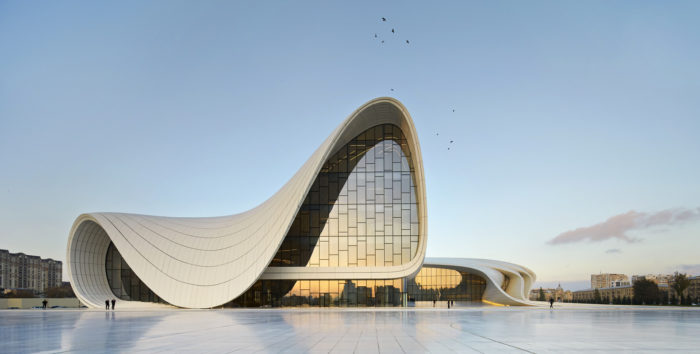
©Hufton+Crow
Among the finest examples of surrealist architecture in the world can be found in this Eurasian country. As a symbol of Azerbaijan’s delicate and sentimental character and optimism regarding the future, the structure is designed to appear to rise organically from the ground. In our opinion, we find it succeeds admirably in this regard.
7) Dream Within Dream / Wutopia Lab
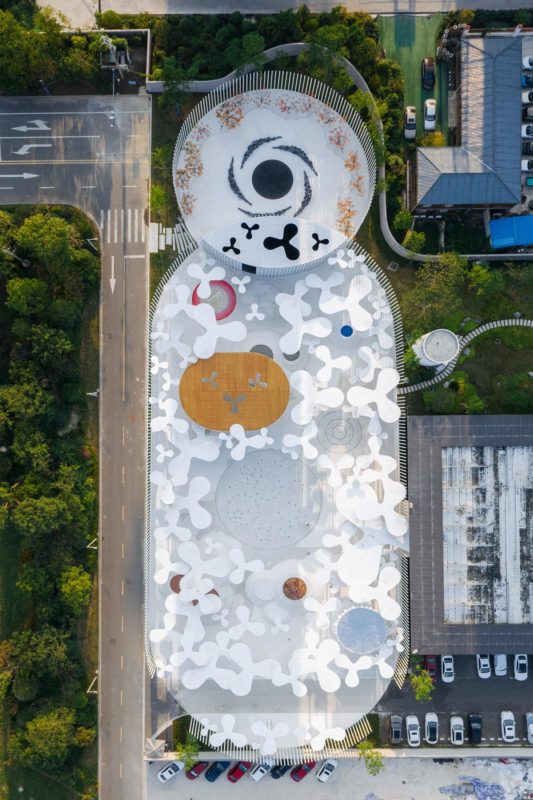
©CreatAR Images
Yu-Ting, Wutopia Lab’s founder, was inspired to create this abstract forest by a reoccurring dream his daughter had in which she was in a wooded area. He used 108 white steel structures of varying heights. From there, he crafted a wide range of natural features—cave complexes, hillsides, waterways, rocks, peaks, beautiful waterfalls, and even theaters—within the forest to inspire an adventure of discovery.
8) Las Pozas / Edward James
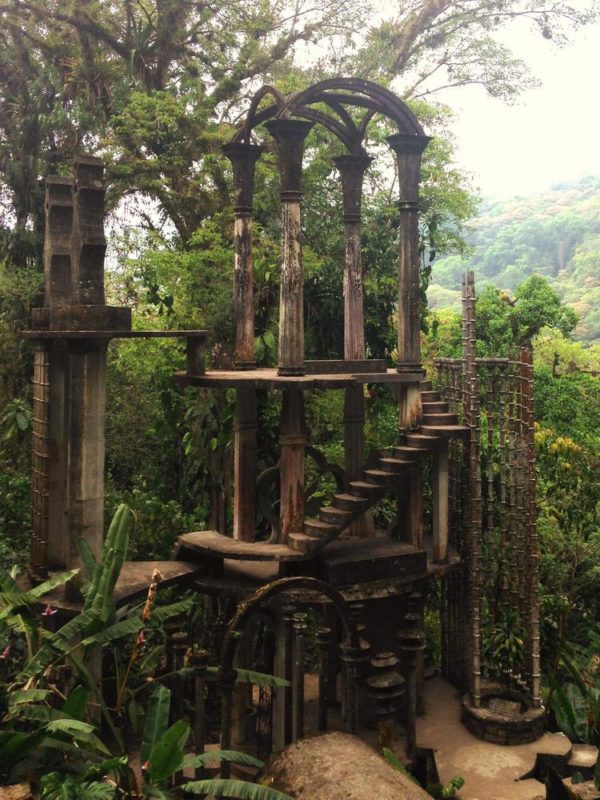
©Victor Delaqua
Edward James, a Surrealist poet, conceived of the Las Pozas sculpture garden, which he constructed inside an abandoned coffee farm in the heart of the jungle. The place exhibits the air of prefabricated ruins, like those of a forgotten civilization, thanks to the uncompleted bridges, the winding stairways that go nowhere, and the pavilions with unidentifiable levels. Following the rules laid out in the first Surrealist architecture manifesto, the space is not motivated by rational, artistic, or ethical concerns but encourages exploration.
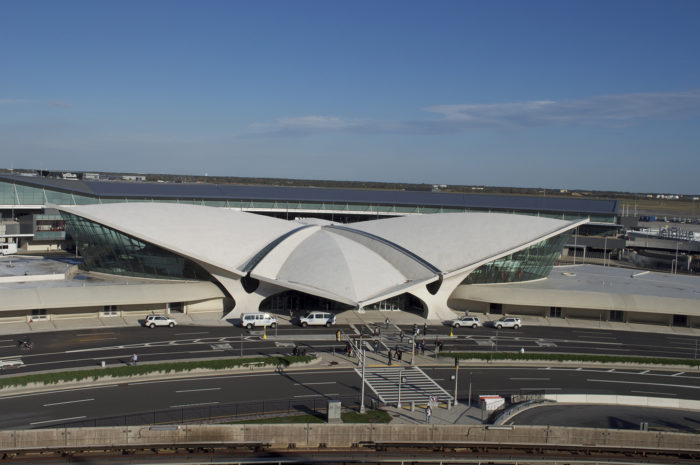
©Kai Brinker
The TWA terminal designed by Eero Saarinen exemplifies how typical architecture can take on surrealist features without compromising its physical purposes. There’s a touch of Surrealist architecture to the whole structure, from the flowing and open interiors that embrace the nuances of art to the terrific soaring canopies that challenge the physical constraints.
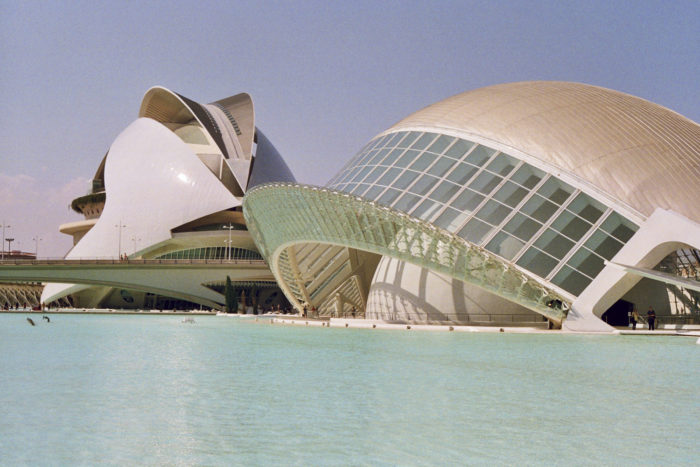
©Anthony Saroufim
This cultural and scientific complex, designed by the renowned architect Santiago Calatrava, is a wonder in and of itself. Located on a 350,000-square-meter plot of land in the middle of Valencia’s historic core and the Nazaret coastal neighborhood, it is the most extensive urban development in the city.
Calatrava employs his signature white concrete and broken tiles in the style of Gaudi to unify the entire building. This building’s uniform appearance and smooth surface result from two identical concrete casings cut together. The facility complements its environment and serves as an artistic centerpiece.
Surrealist Architecture: Our Final Thoughts
Because of the many different ways it could be interpreted and the astounding structures it produced, Surrealism is considered to be among the most significant achievements in the architectural genre. In the coming decades, where technology and architecture have come together to form the perfect combination, the potential for Surrealist architecture among a population of young people interested in the future is only expanding, with its value growing yearly.
